For many people, visiting certain countries with -apparently- no tourist attraction doesn’t make much sense.
Countries like Saudi Arabia are made for adventure, contradictory feelings and countless raw experiences.
A country that has been closed to other cultures for decades and that has been open to tourism since a year ago thanks to a new and simple E-visa system.
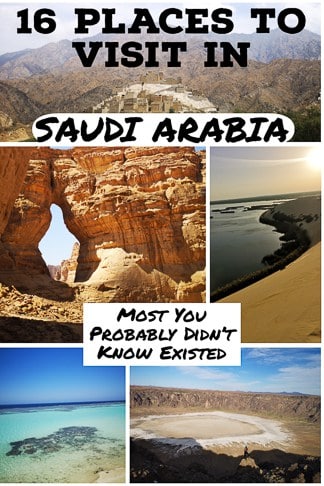
Saudi Arabia still has little to no tourist infrastructure, and where -apart from the big cities- almost no one speaks English.
But thanks to the hospitality of the local people, you can explore Saudi Arabia easily on your own in the most authentic way.
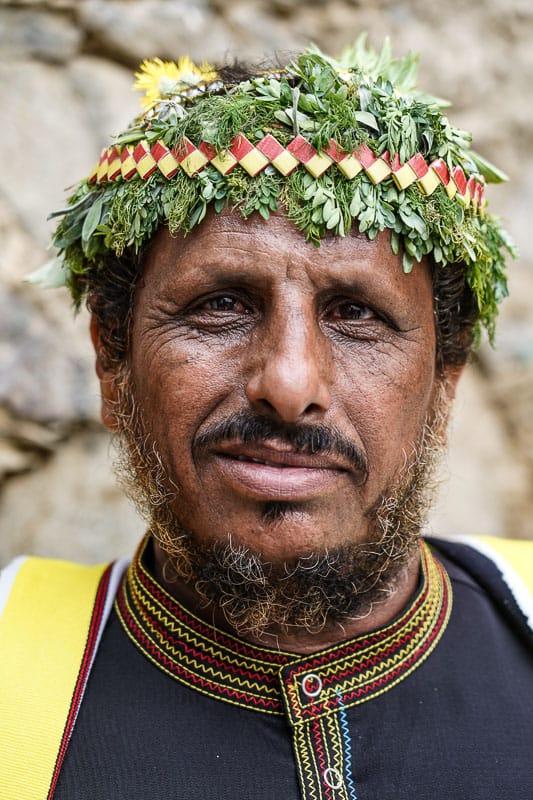
Saudi Arabia also has a lot more to offer than desert, religious fanaticism and oil.
The Kingdom of Saudi Arabia is full of extremely hospitable people, unspoiled beaches, volcanoes, lush mountains, strong cultural identity and plenty of tradition, all of which is waiting to be explored and experienced, almost all still undiscovered by foreign tourists.
Top Places You Should Visit In The Kingdom Of Saudi Arabia.
Riyadh The Capital In Saudi Arabia
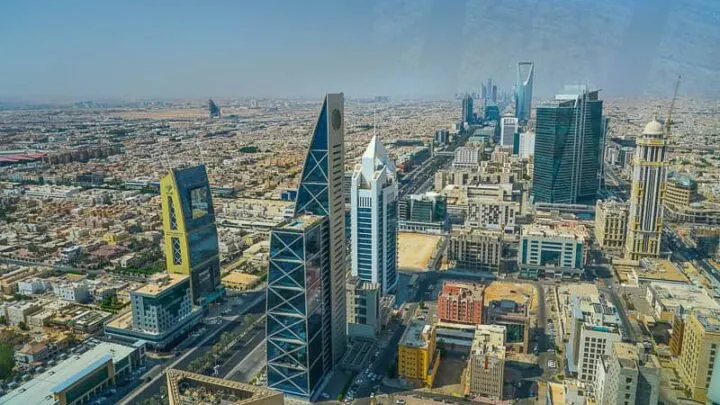
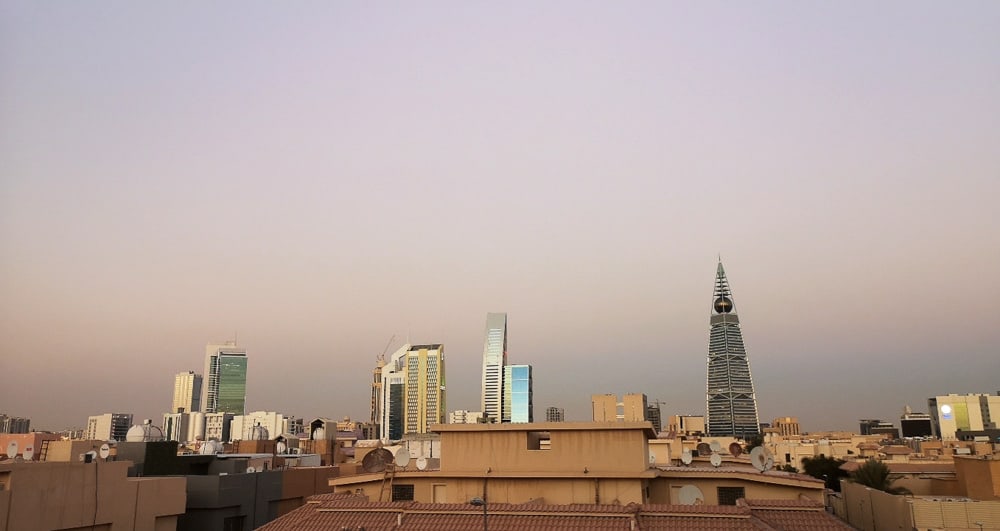
Most tourists arriving in Saudi Arabia have their first stop in the capital Riyadh due to the multiple international flights that arrive and depart from its airport, the King Khalid International Airport.
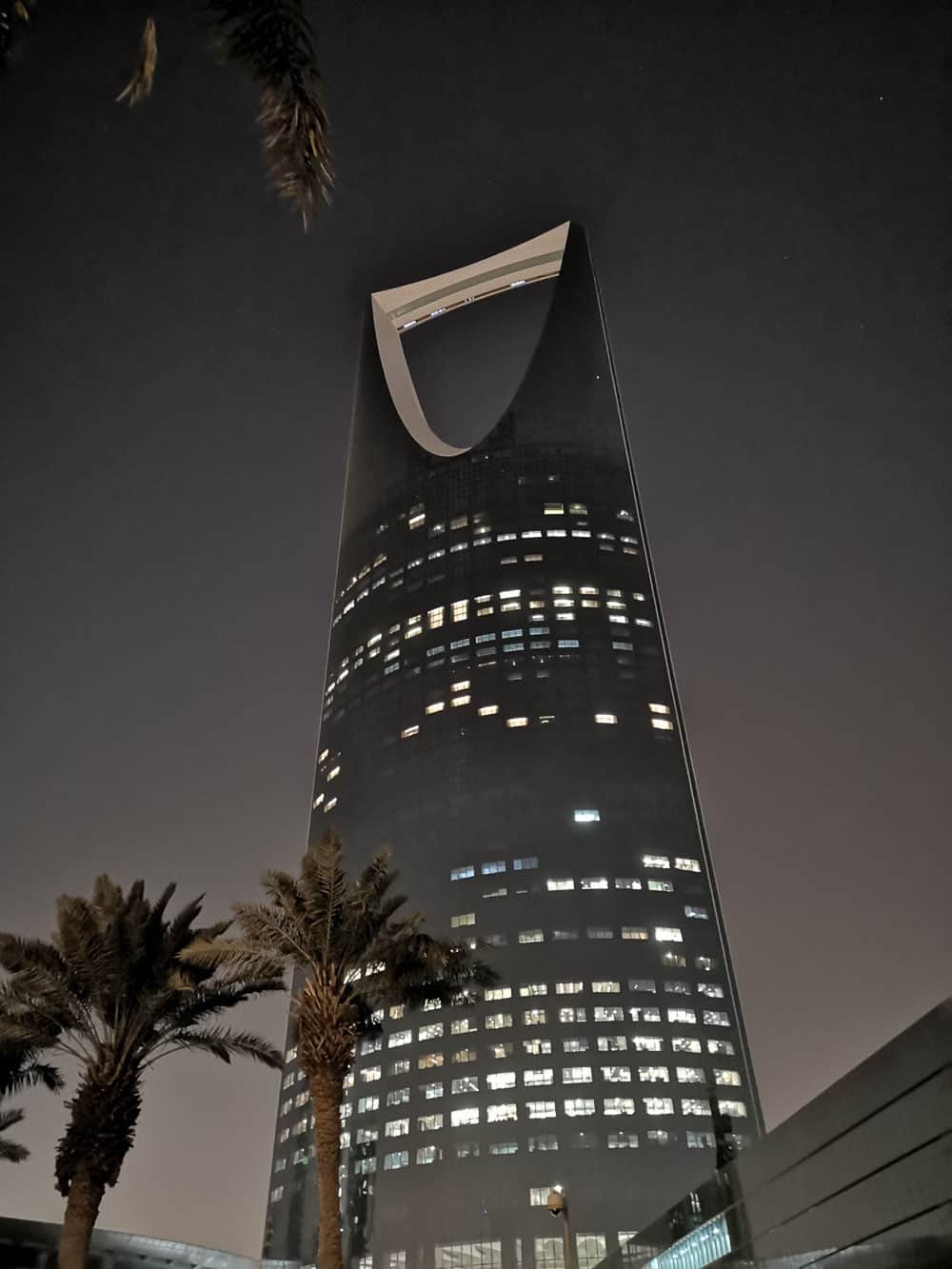
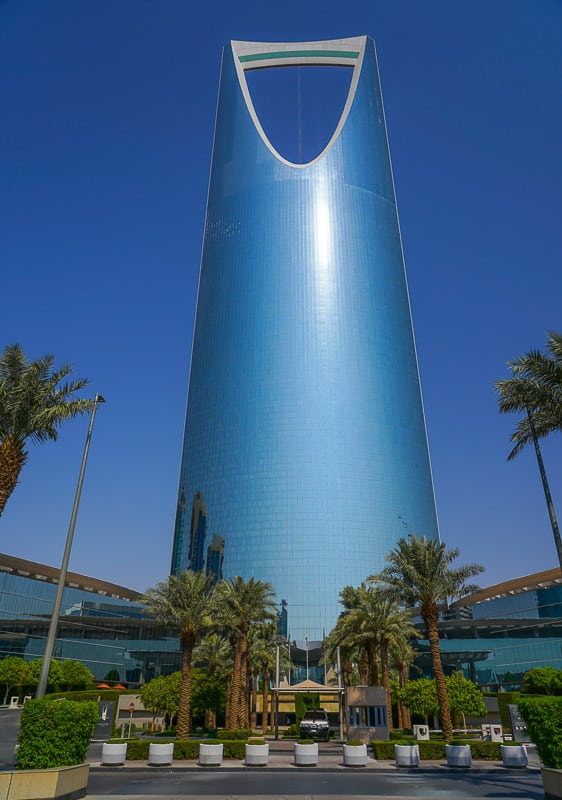

Besides being the capital of the country, it is the largest city on the Arabian Peninsula and the 5th largest city in the Middle East, only after Cairo, Tehran, Istanbul and Baghdad.
One can imagine a city of concrete, skyscrapers and luxurious shopping centres, but if you dig a little bit deeper, you will find a city full of leisure offers like restaurants, cafes, art centres, museums and historical buildings and historical areas like Diriyah.
Booking.com
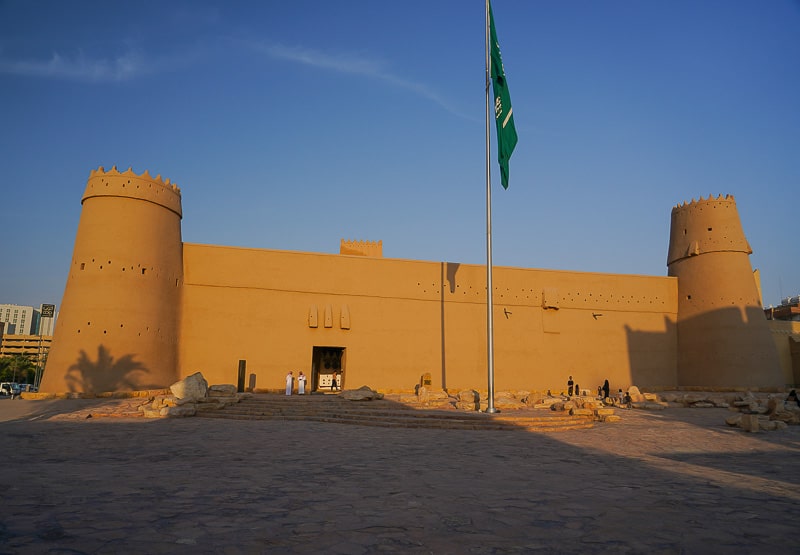
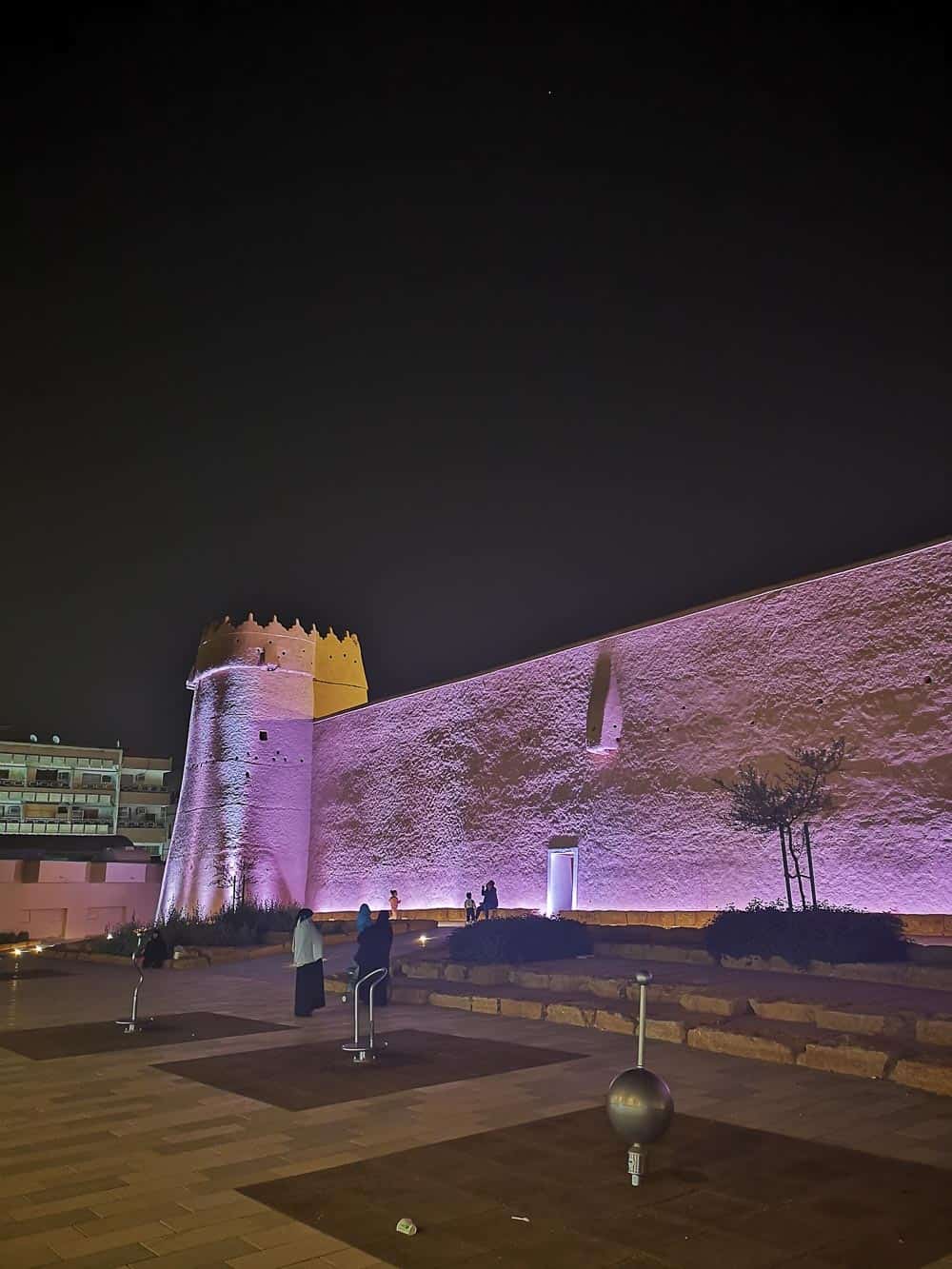
It is a chaotic city with great contrasts, you can sit down to eat in a restaurant for 2€, and next door, you can find a five-star restaurant with meals for hundreds of euros.
It is in Riyadh, where the traditional and the modern are more strongly appreciated, people who support the most traditional values along with the younger people who support the shift into a more modern Saudi Arabia.
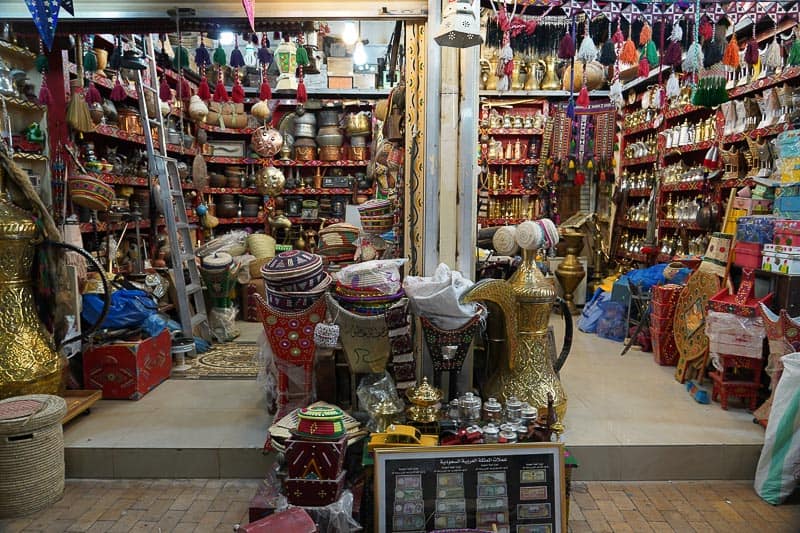
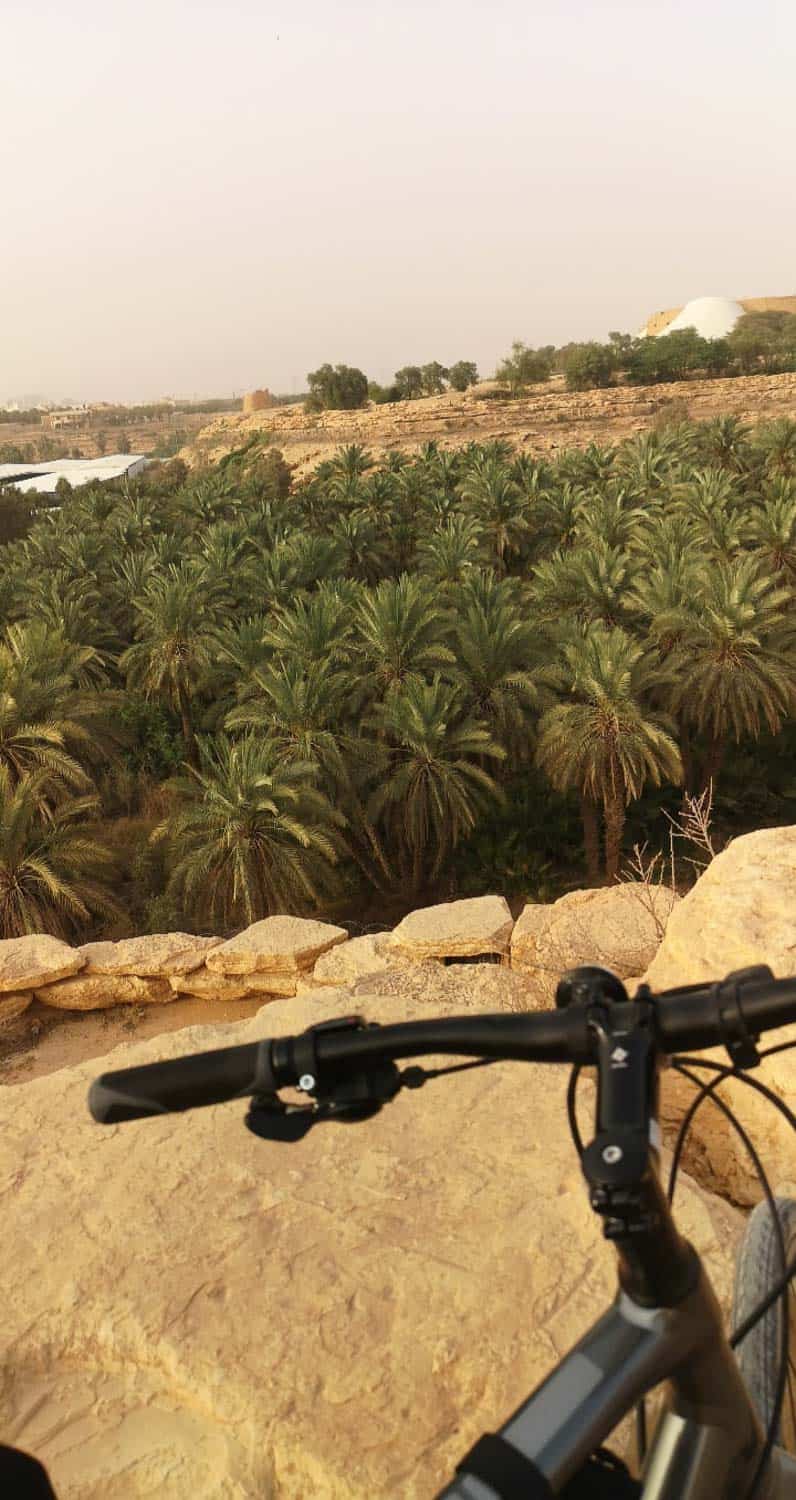
Wadi Dissah
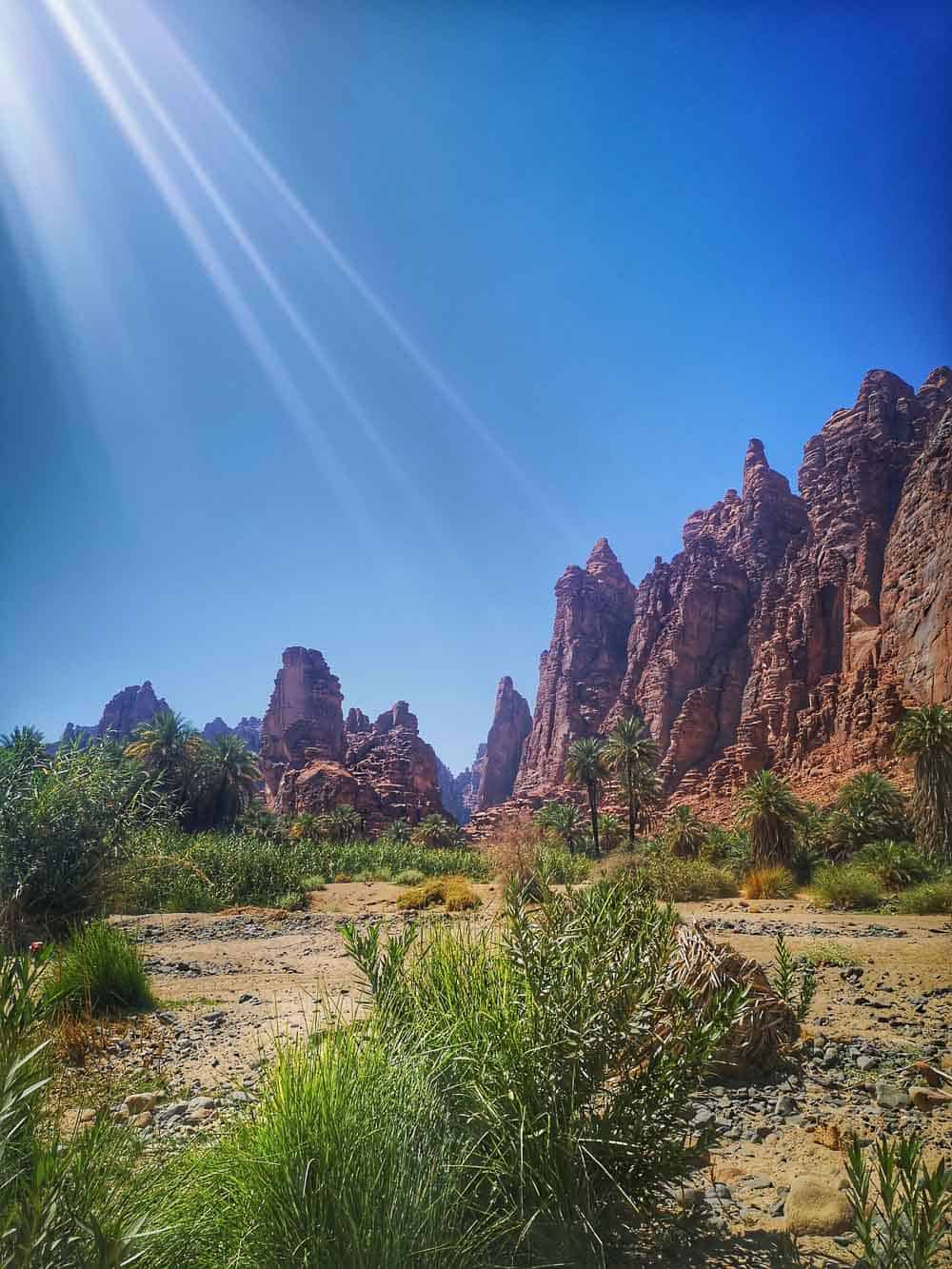
Wadi Al Dissah -located in Tabuk province, about 90 kilometres southwest of Tabuk town, is one of the most famous valleys in Saudi Arabia and one of the most beautiful natural wonders in the country.
A 15-kilometre canyon surrounded on both sides by orange sandstones, massive rocky elevations as high as 500 meters and palm trees.
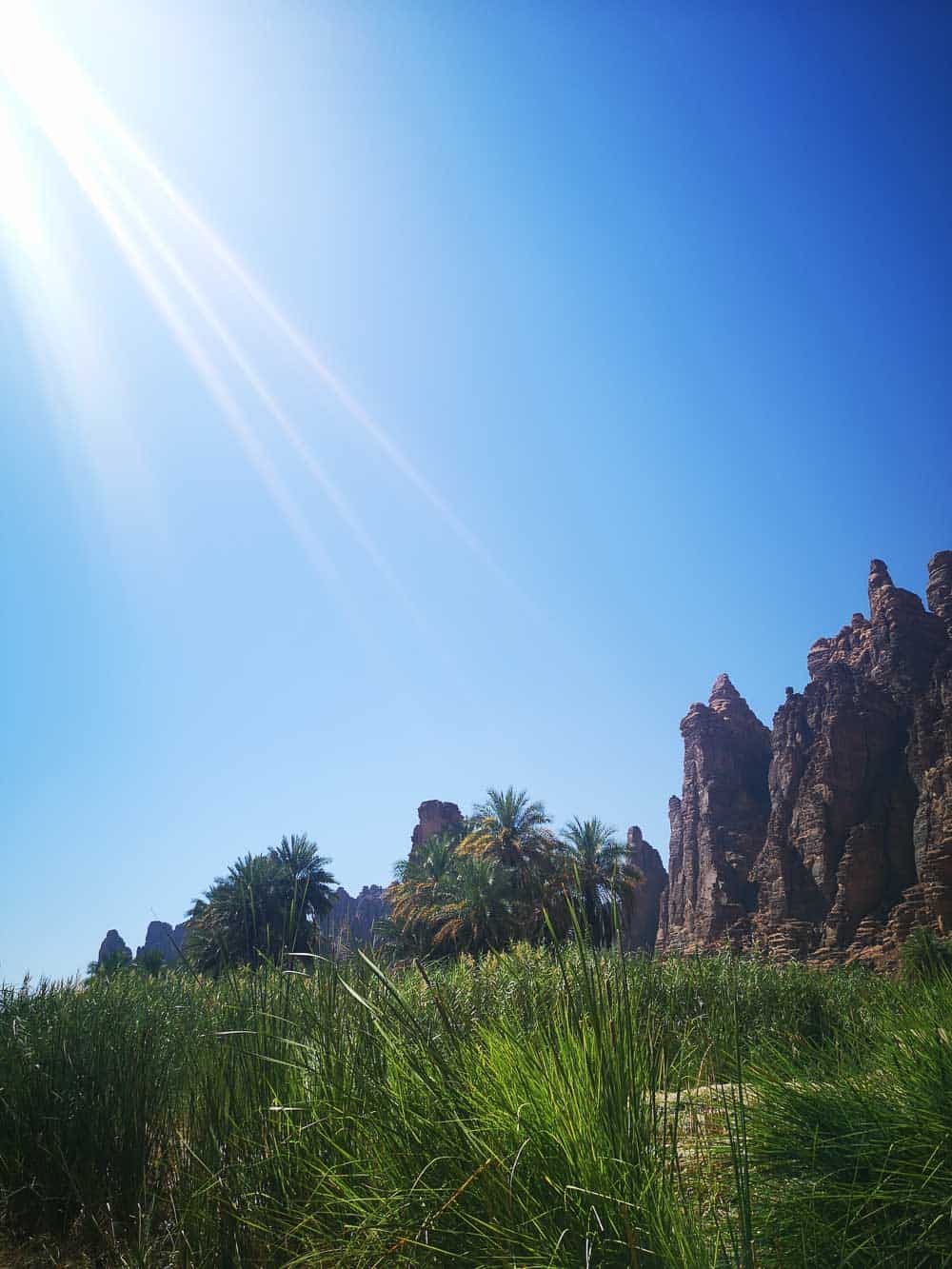
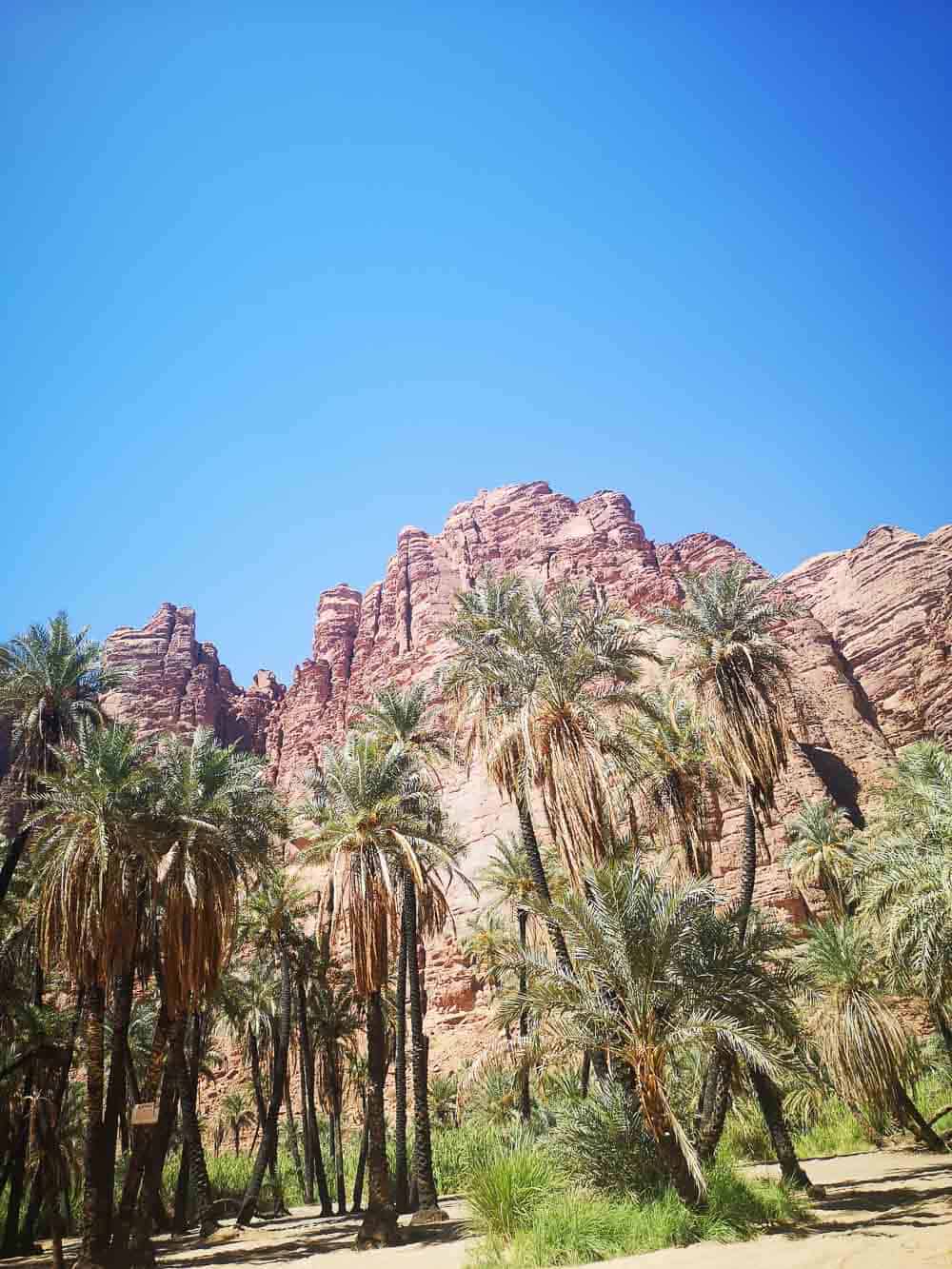
This wadi doesn’t have much greenery during the dry season, but when the rain comes, the landscape fills with green bushes and plants that stand out from the sandy ground, and it is common to find small lakes.
Like many other places in Saudi Arabia, the best way to explore the Wadi is with a 4X4,
Farasan Islands A Perfect Beach Escape
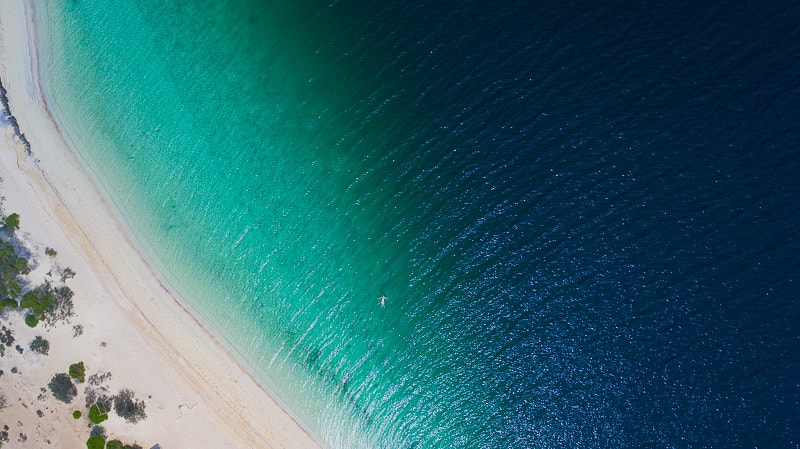
Unlikely many people could imagine, Saudi Arabia also has its own paradisiac islands.
The Farasan Islands are an archipelago of 84 islands located an hour and a half by ferry from Jizan city.
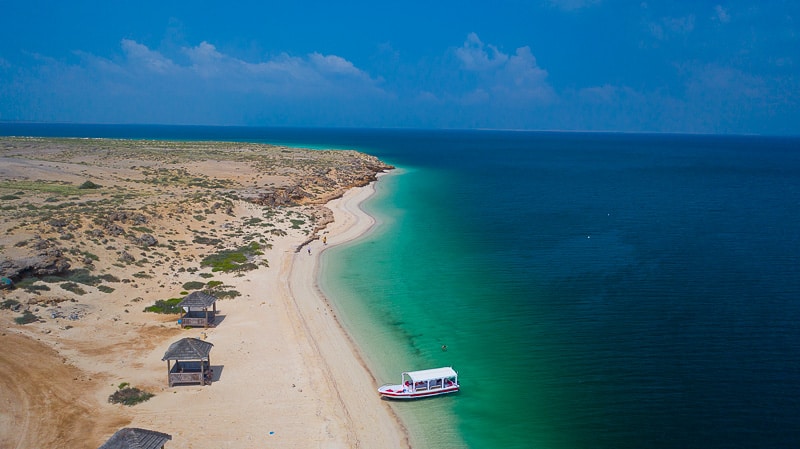
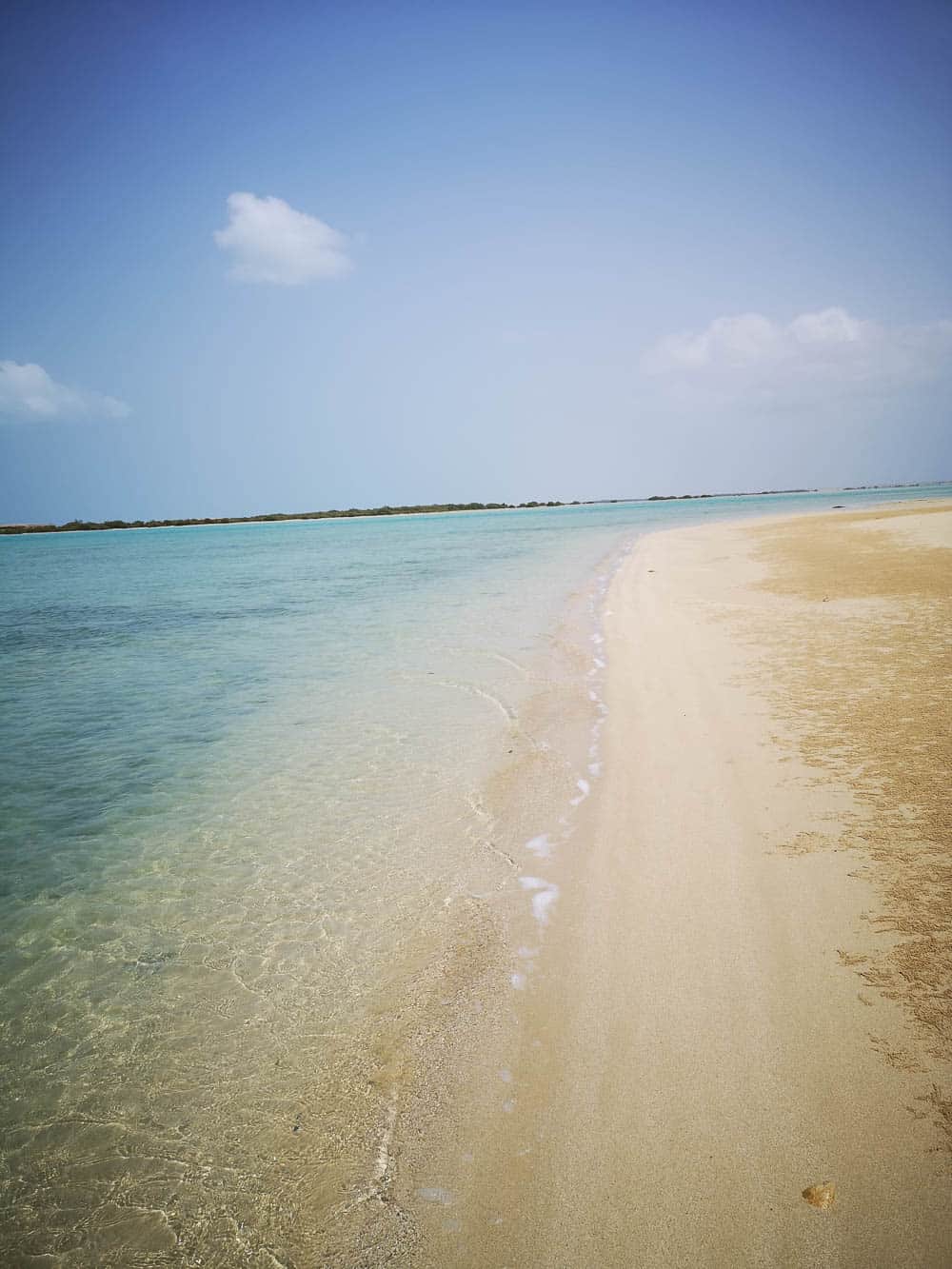
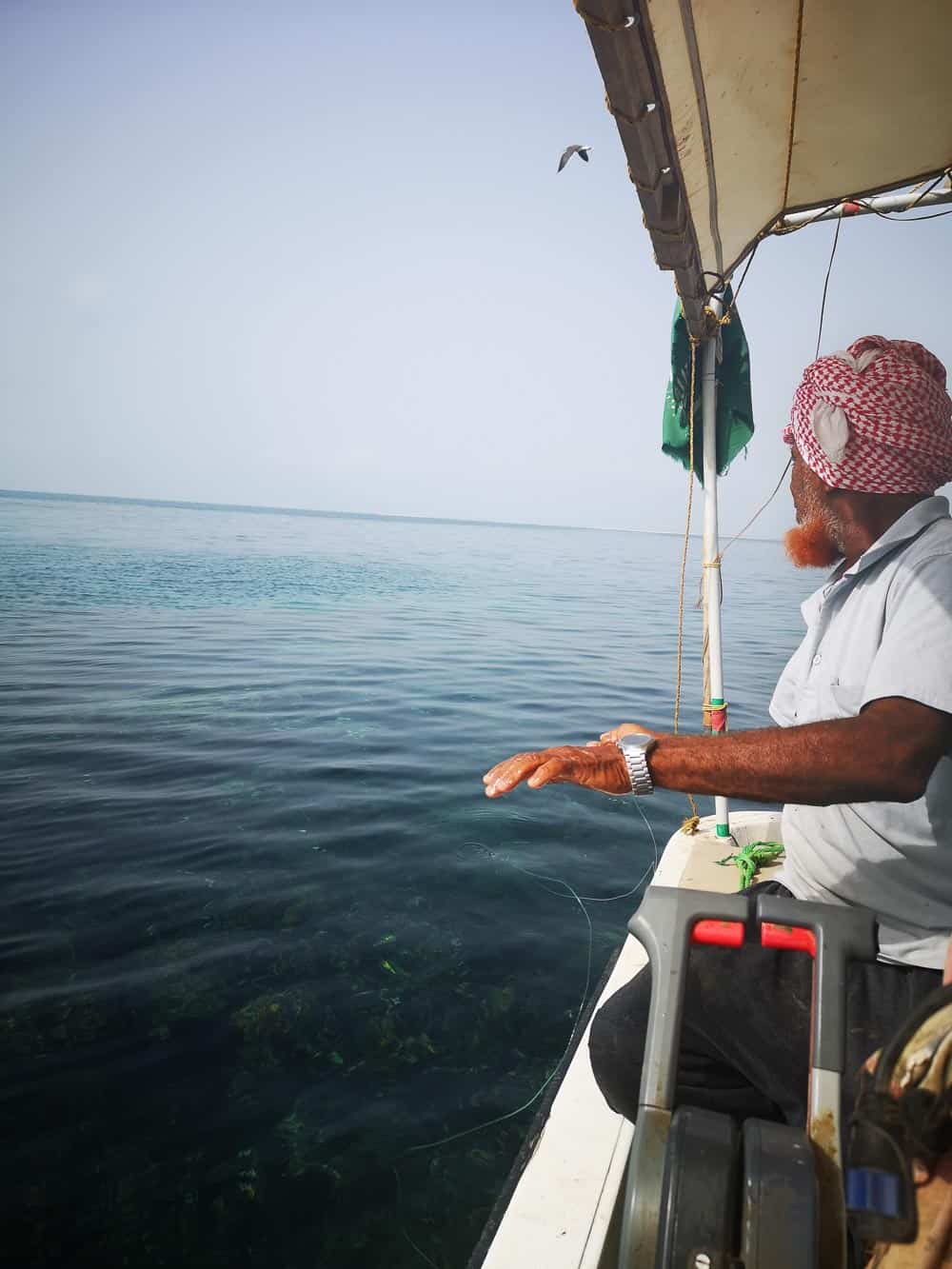
The main reasons why people go to the islands are for the beach or for a diving trip.
But you can make the most of it on the island and visit the old and historical buildings, the fish market in the centre of the city, see the Arabian gazelles that live on the island, discover the mangroves by boat or sail from one desert island to another.
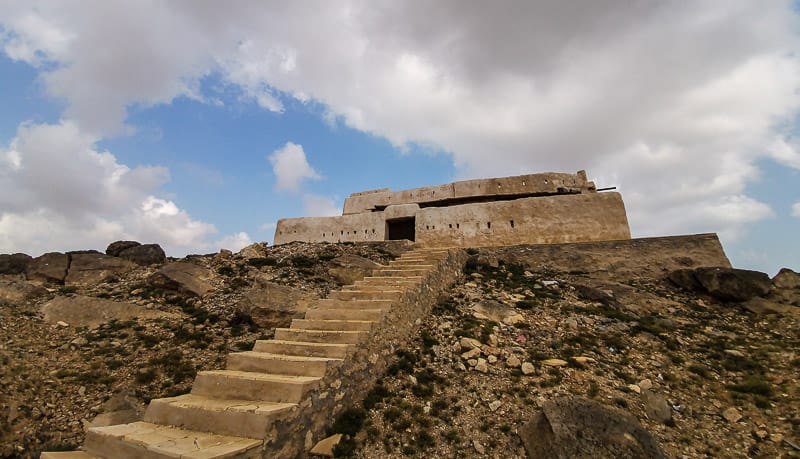
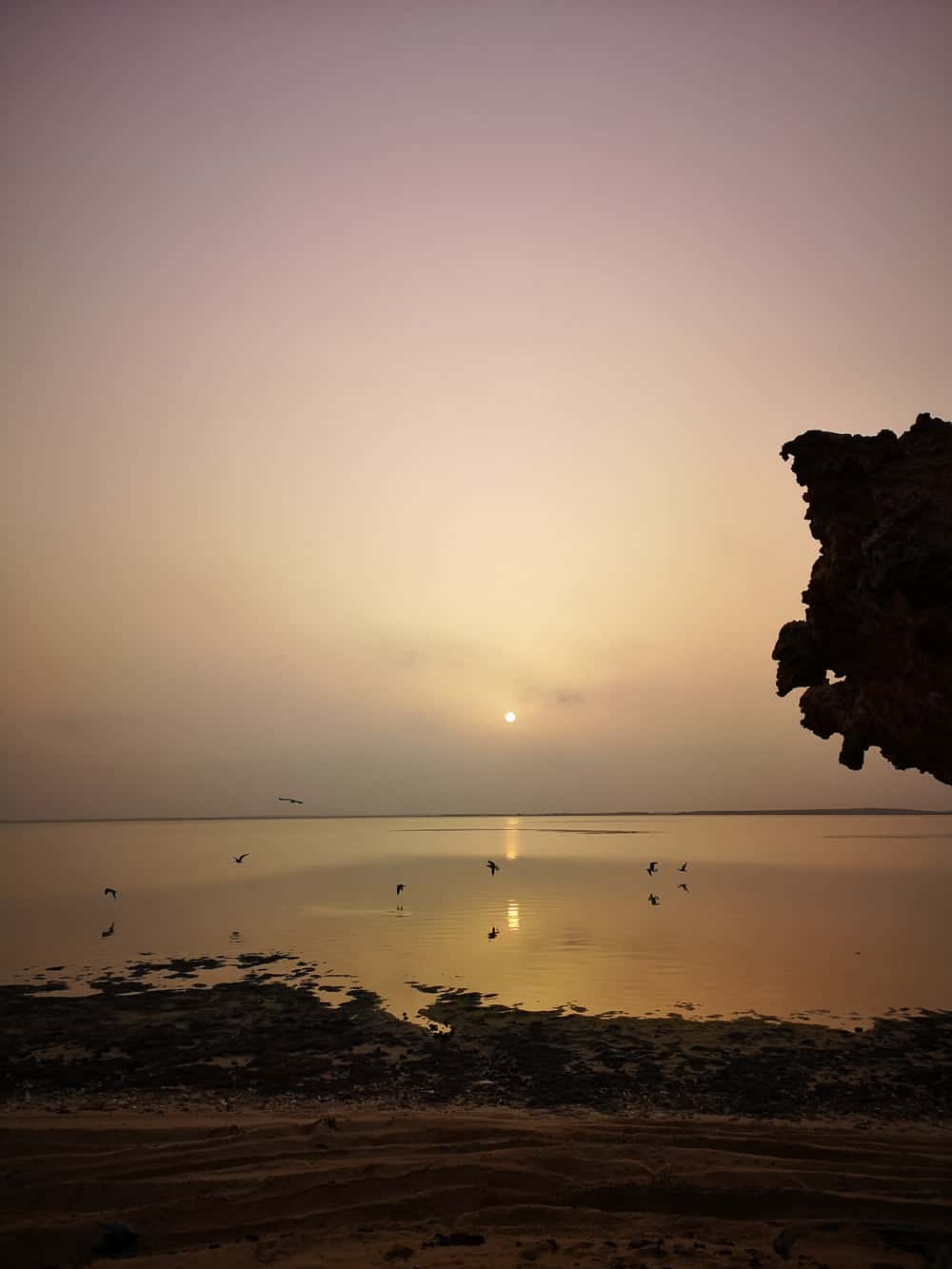
Al Soudah
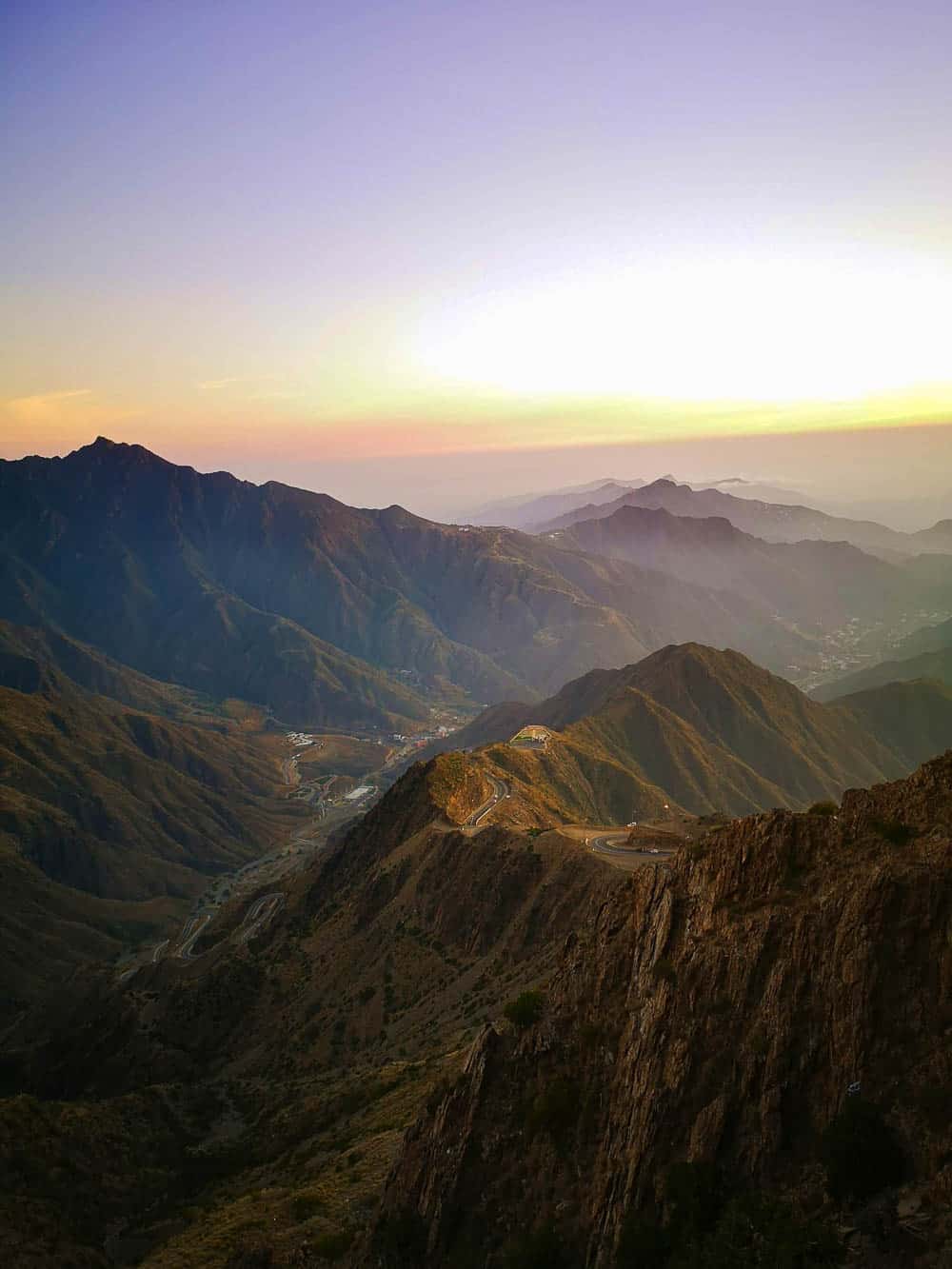
In the southwestern part of Saudi Arabia -in the Asir region- you can find some of the most impressive mountains in the country, including Al Soudah, the highest peak (3,000 meters). You might even get snow in this part of Saudi Arabia.
These mountains belong to the Asir National Park, a place full of hiking trails, picnic spots, horse or biking tours, wild nature and amazing campsites.
Descending through these mountains filled with monkeys, you reach one of the most important towns in the Middle East and today the most Instagrammable town in the whole of Saudi Arabia.
It was historically an important stop for pilgrims travelling to the holy cities of Mecca and Medina.
It was here, among buildings made of stone and quartz similar to those on the other side of the Yemeni border, that the tribes achieved independence for the region by defeating an army of 50,000 Ottoman soldiers.
Al Shaq Canyon And The Mahajah Desert
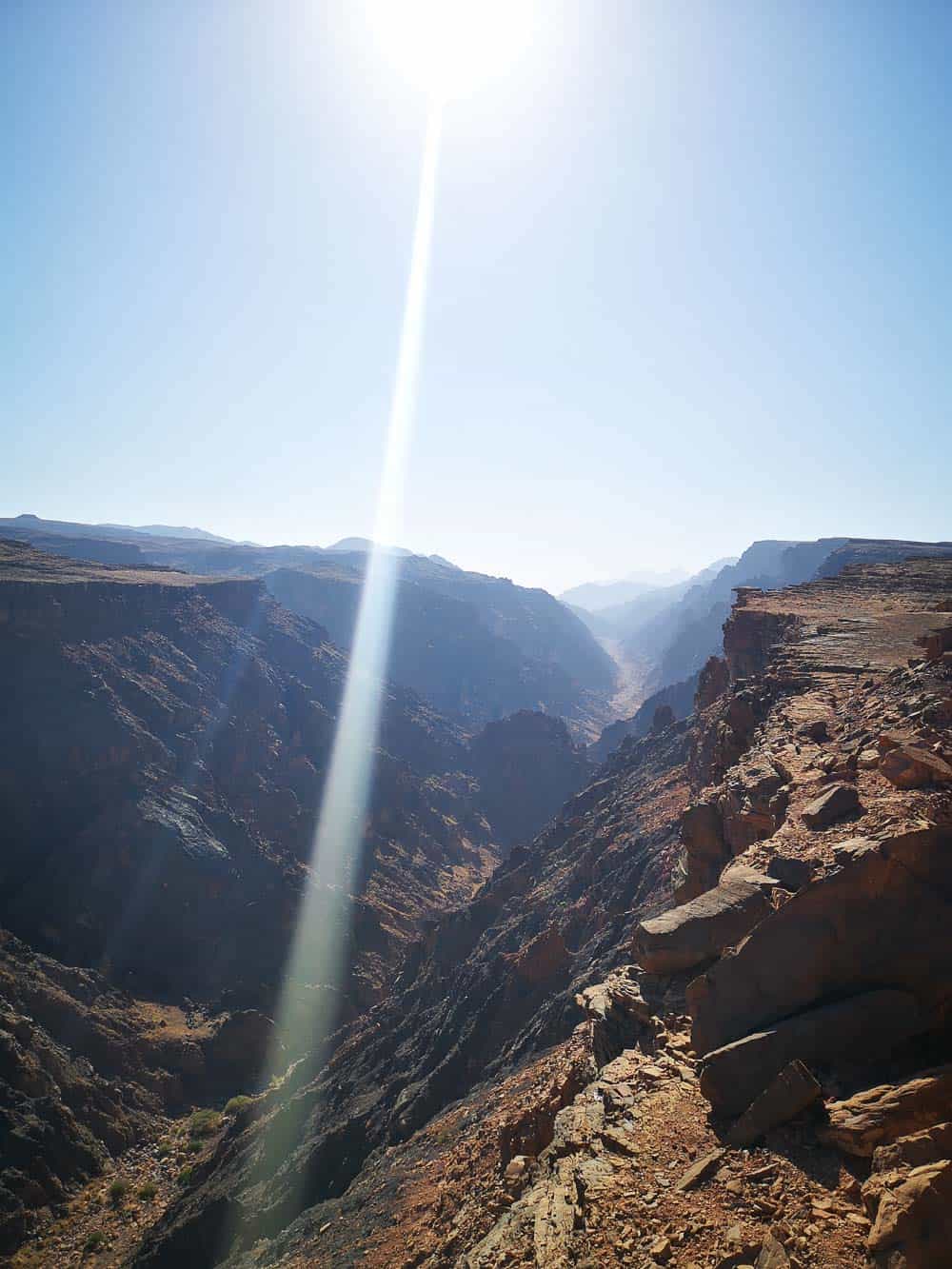
In the northwest of Saudi Arabia -in the Tabuk region- you will find the most spectacular desert and of the least explored areas of Saudi Arabia that it still remains untouched.
Not all deserts are the same, and not all are vast stretches of sand. This one, in particular, is made up of thousands of rocky formations expanding over hundreds of kilometres, creating a breathtaking landscape.
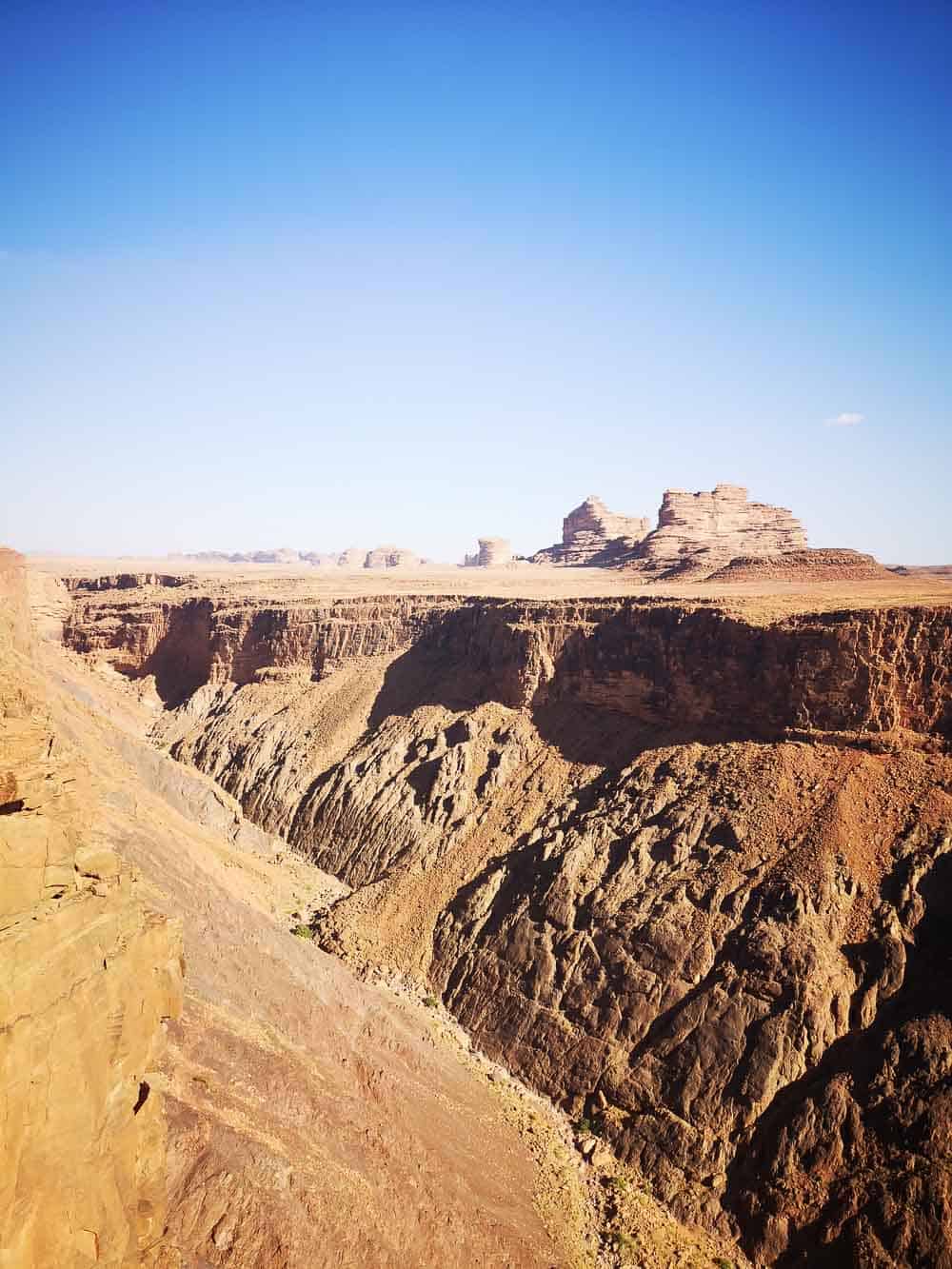
These rocks have been eroding for thousands of years, creating rock formations with different shapes.
It is very common to see natural arches. You can even find a canyon -Al Shaq canyon- and a dry salt lake.
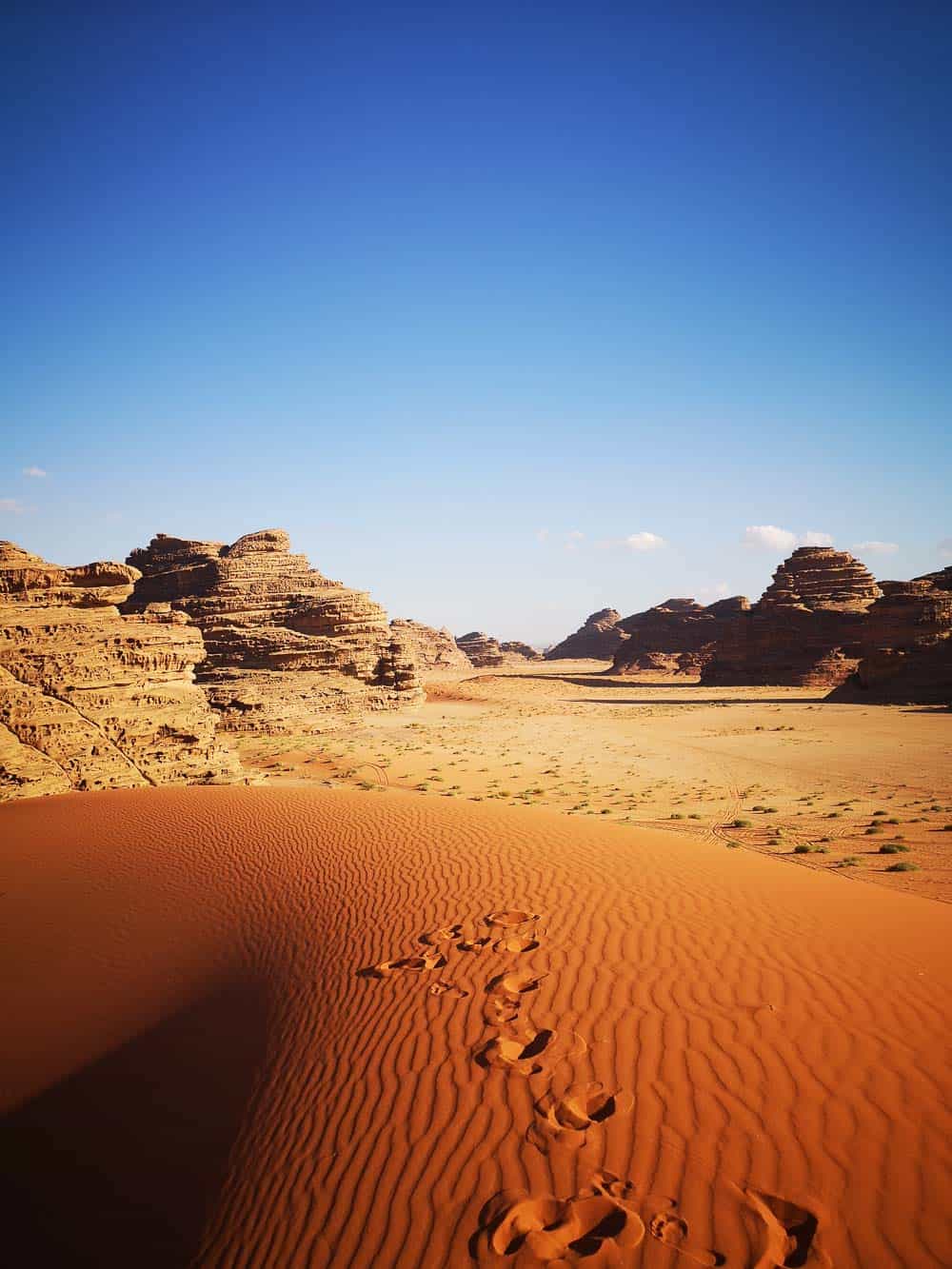
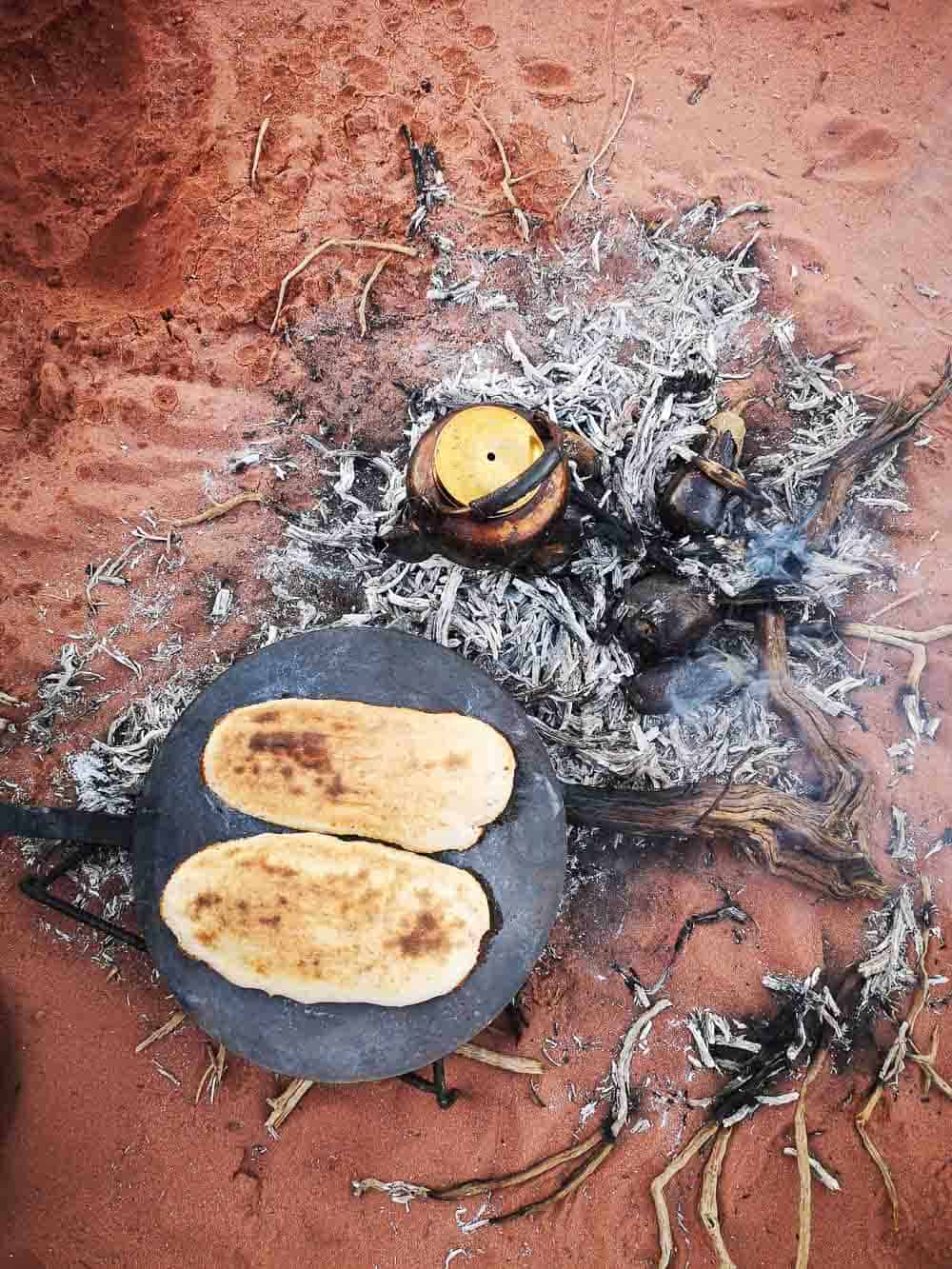
Due to its remoteness, it is difficult to have access to this area; the best option is to go with an expert driver, spend the day roaming around the desert and end up the day with a dinner under the Milky Way.
The Mahajah desert is probably the best place for astrophotography in Saudi Arabia.
The Red Sea And The Most Beautiful Beaches In Saudi Arabia
Saudi Arabia has an extensive coastline; the Red Sea runs along its entire west coast for about 1,760 kilometres. That translates into countless untouched white sand beaches, a turquoise sea, and one of the richest marine life on the planet.
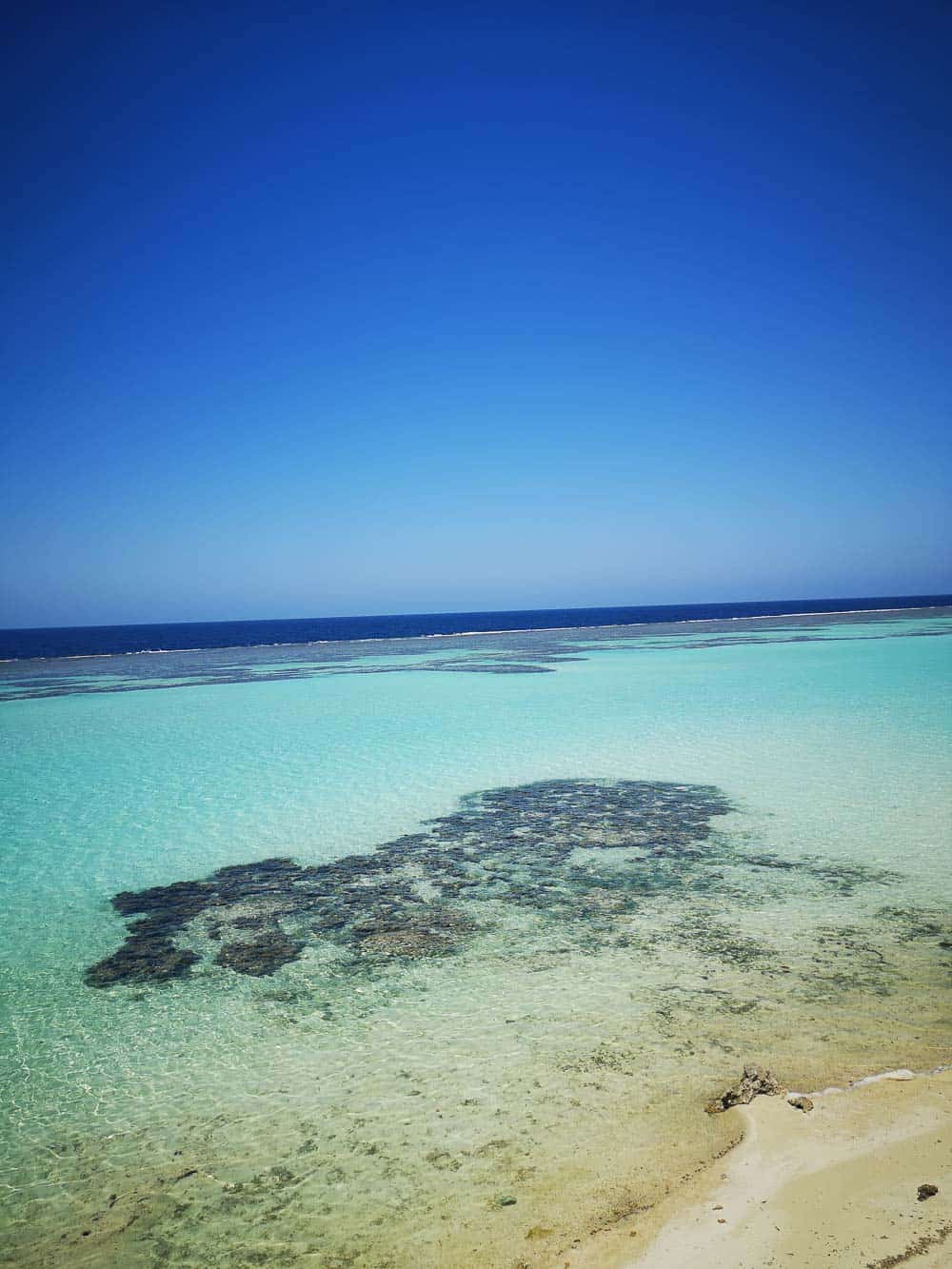
One of the best things to experience in the country is diving/snorkelling in the Red Sea.
A day trip will be enough to discover one of the most exciting destinations for adventure travellers, explore shipwrecks, be amazed by a spectacular multicoloured reef and even be able to swim with dolphins!
There are different locations all along the coast: Aqaba Gulf, Umluj, Ar Rayis, Rabigh or the Farasan Islands.
Umluj has recently become a very popular destination; you can find a lot of touristic infrastructures, luxury resorts and tour agencies.
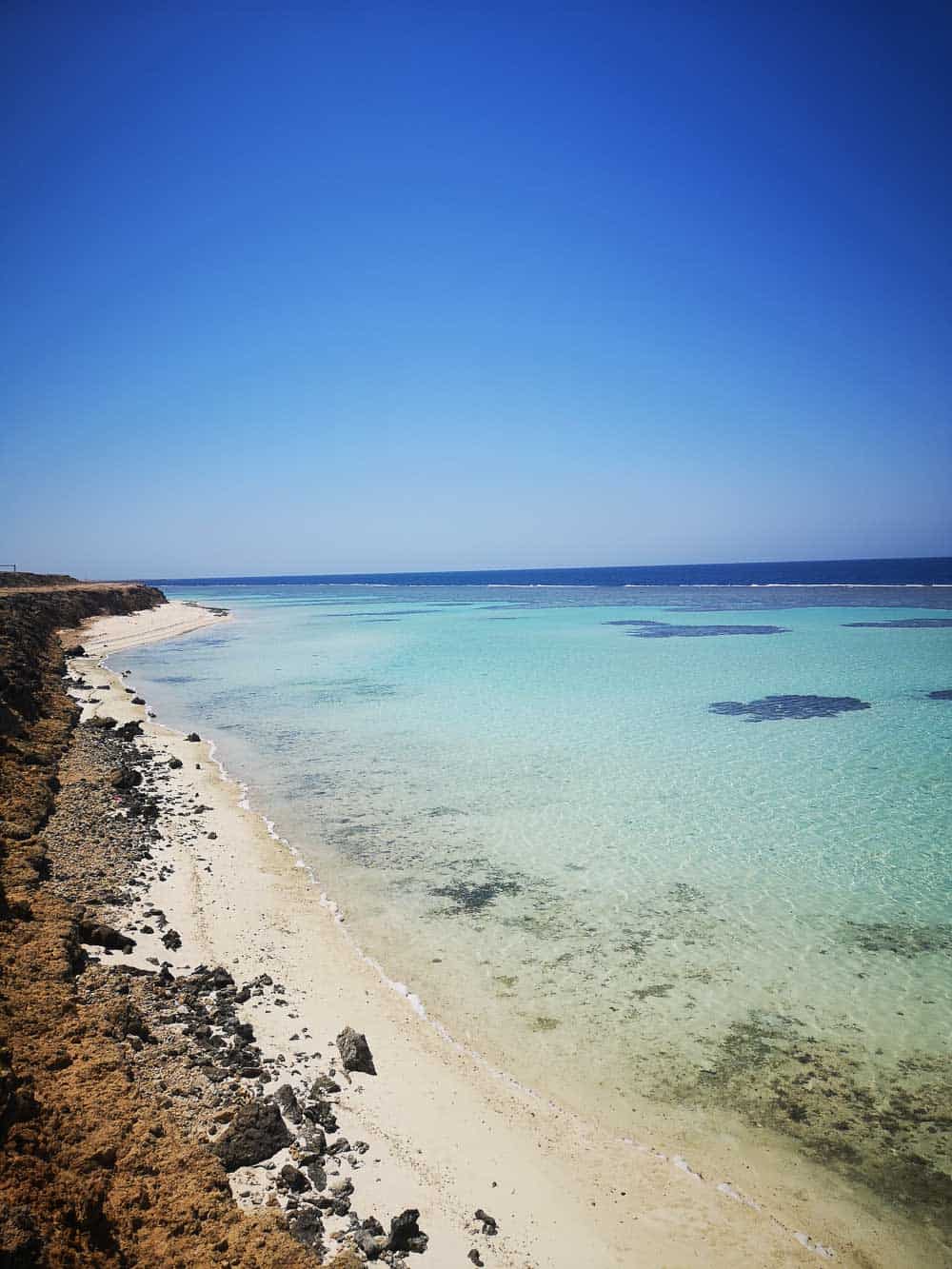
The other locations remain still somehow unspoiled.
If you are looking for a quiet day at the beach, you will have plenty of opportunities.
For some reason you will find most of the beaches empty, sometimes people go for a picnic, but it is strange to see someone swimming.
Jeddah The Most Cosmopolitan And Most Liberal City In Saudi Arabia
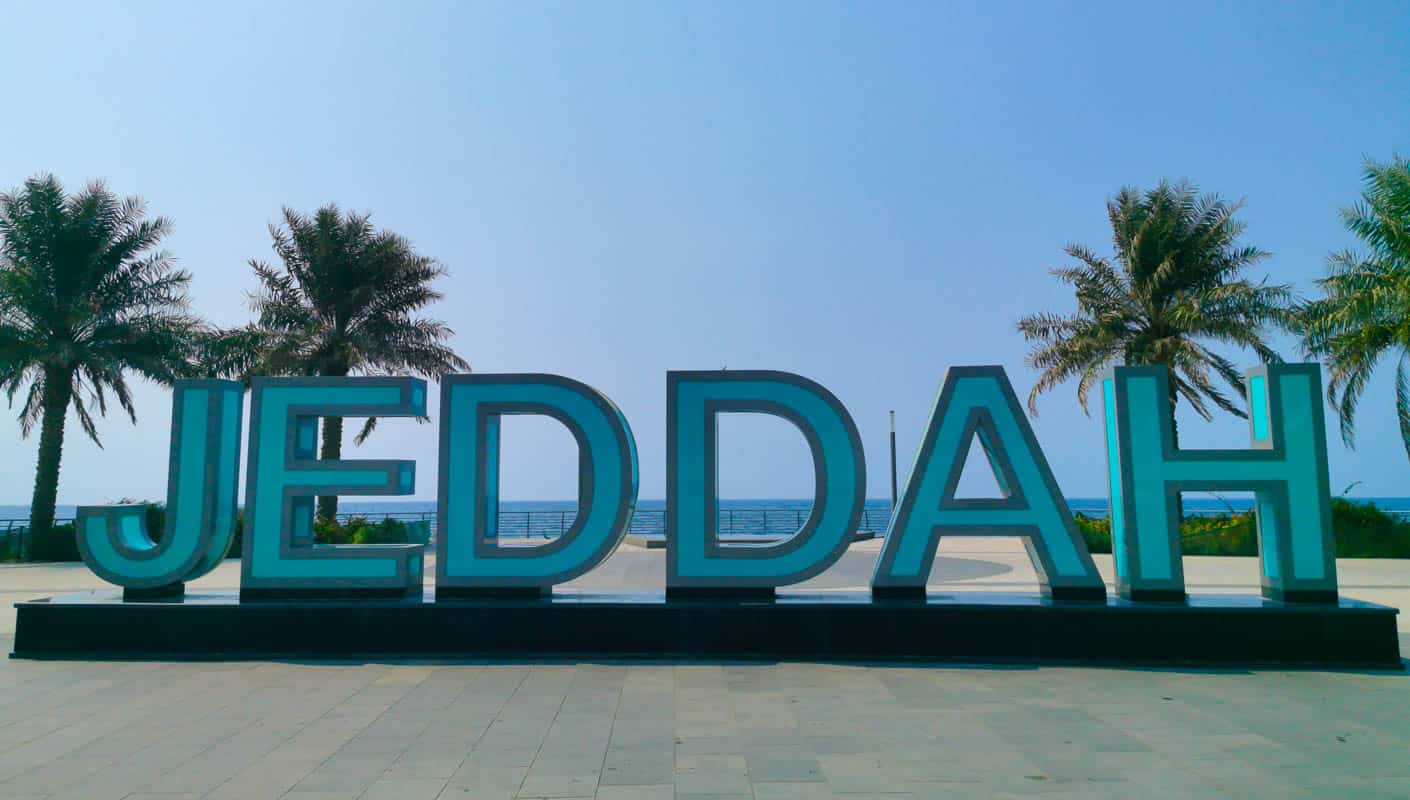
Jeddah is one of the largest cities in Saudi Arabia, and it has been for years the crossroads of millions of pilgrims and traders, the place where different cultures have met.
This, plus its location -by the sea-, have made Jeddah the most cosmopolitan and open-minded city in the Kingdom.
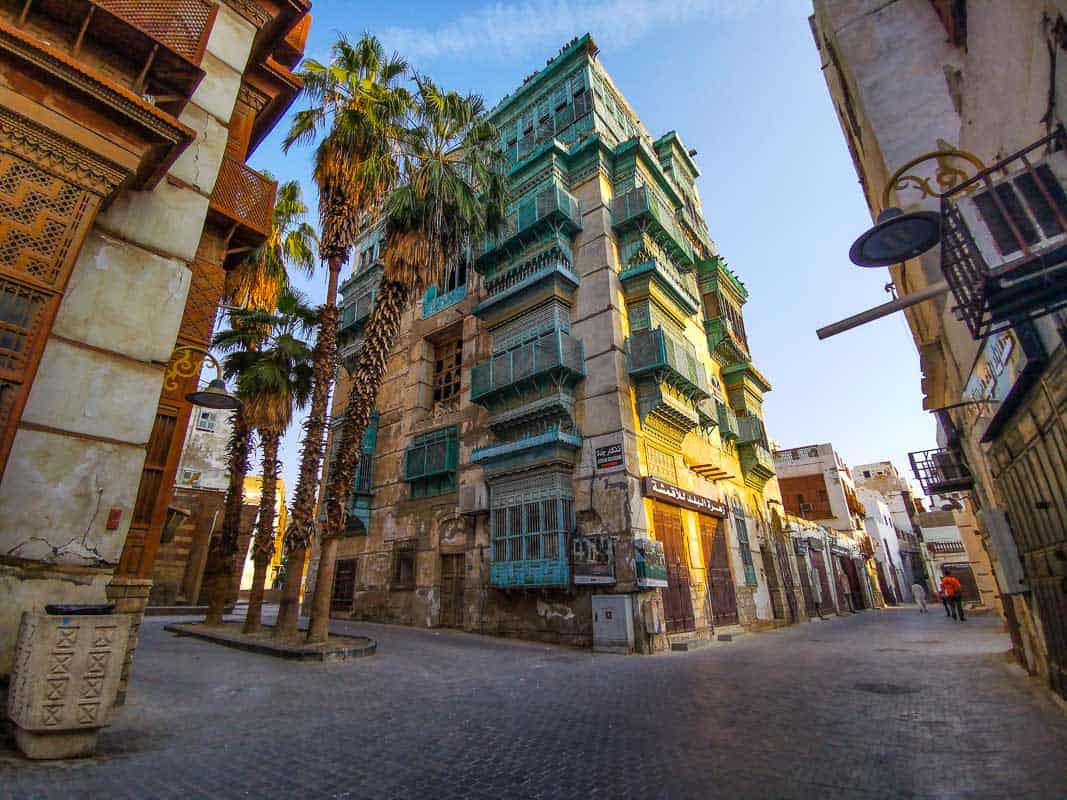
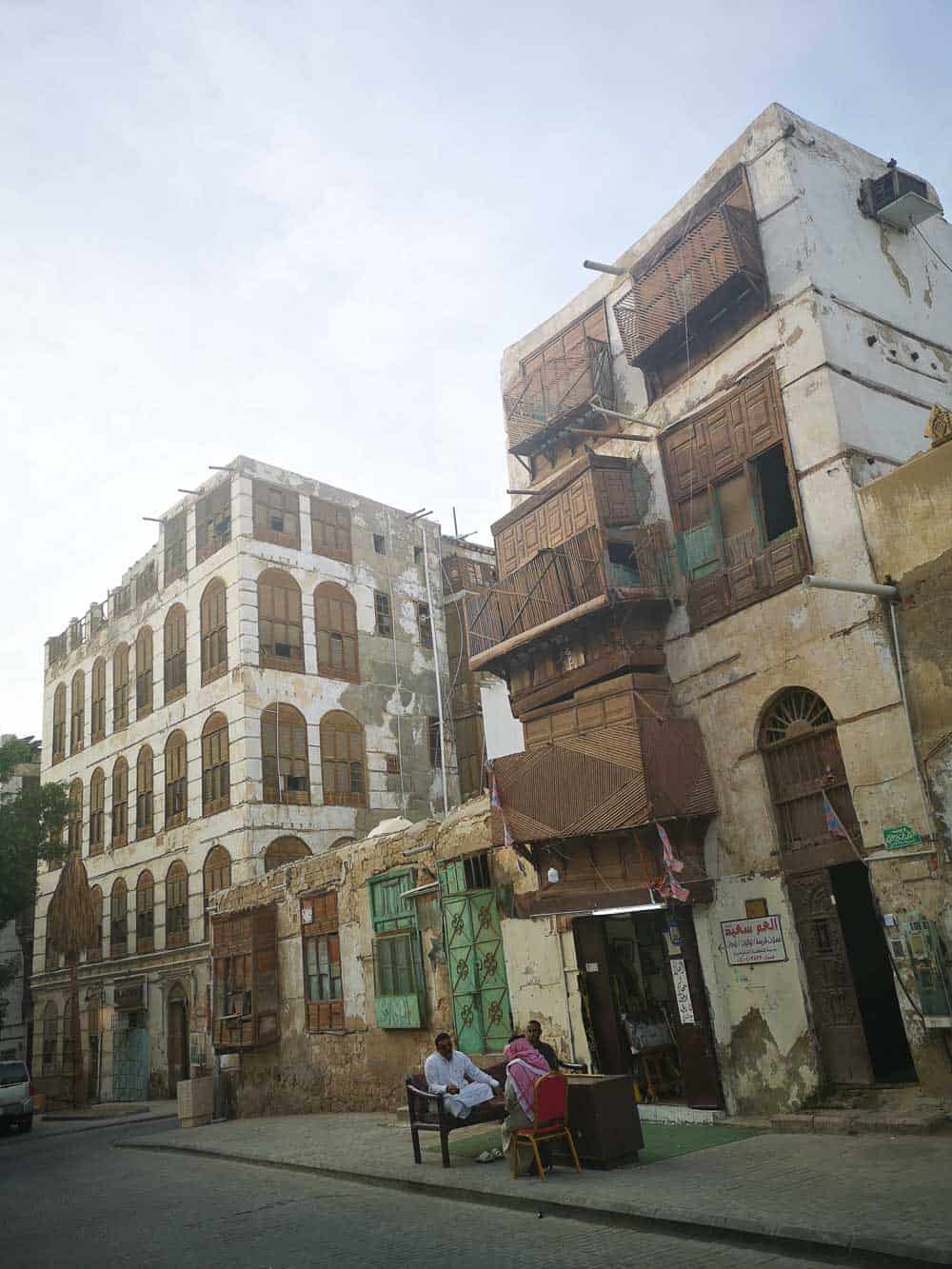
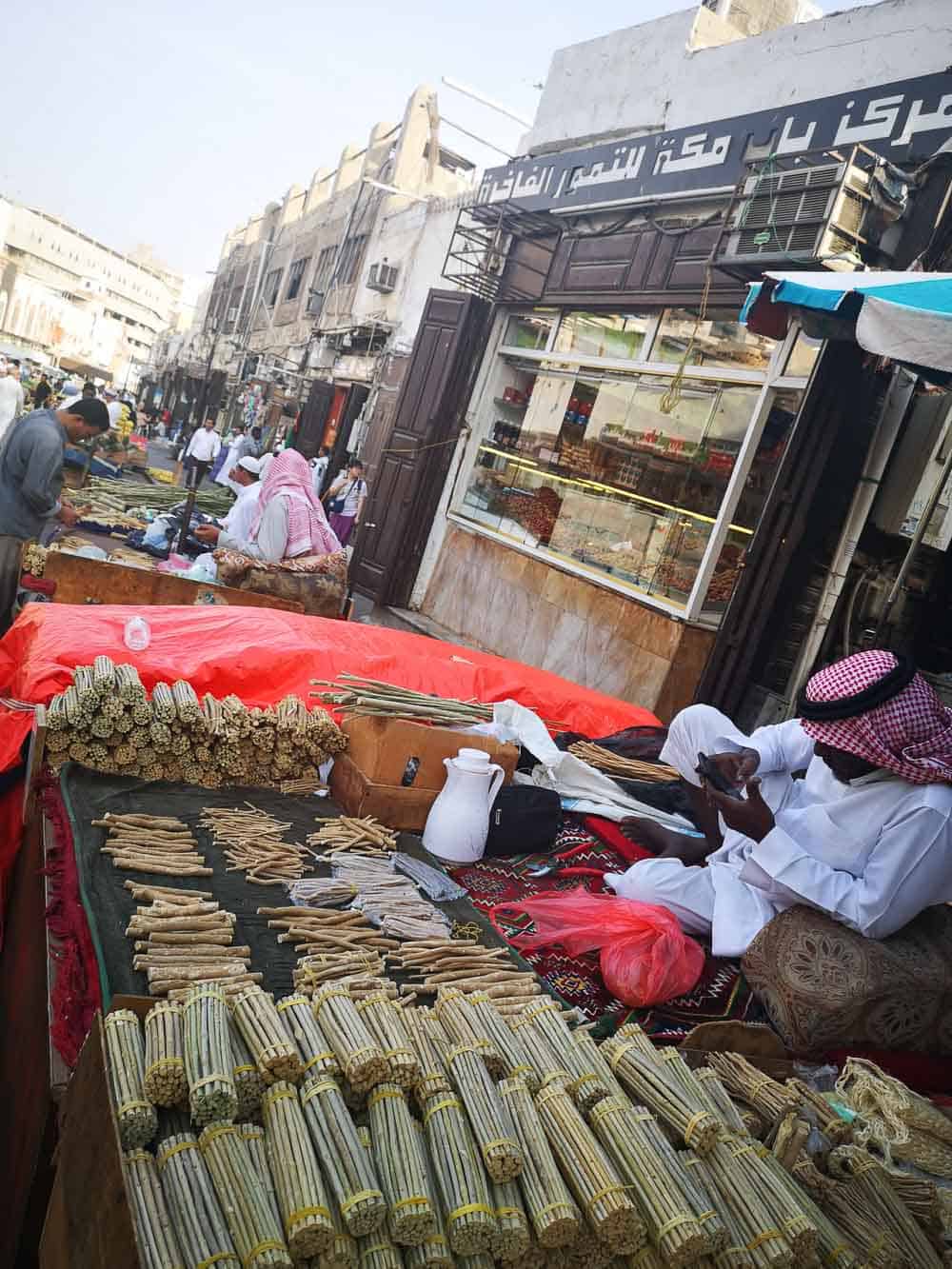
From luxury shopping centres to floating mosques and a lovely coastal boardwalk, Jeddah is the perfect spot to feel first-hand the changes that are taking place in the country.
During the summer, Jeddah reaches not only very high temperatures but also a high degree of humidity which can make it uncomfortable to walk around the city.
Travellers should consider the weather at this period.
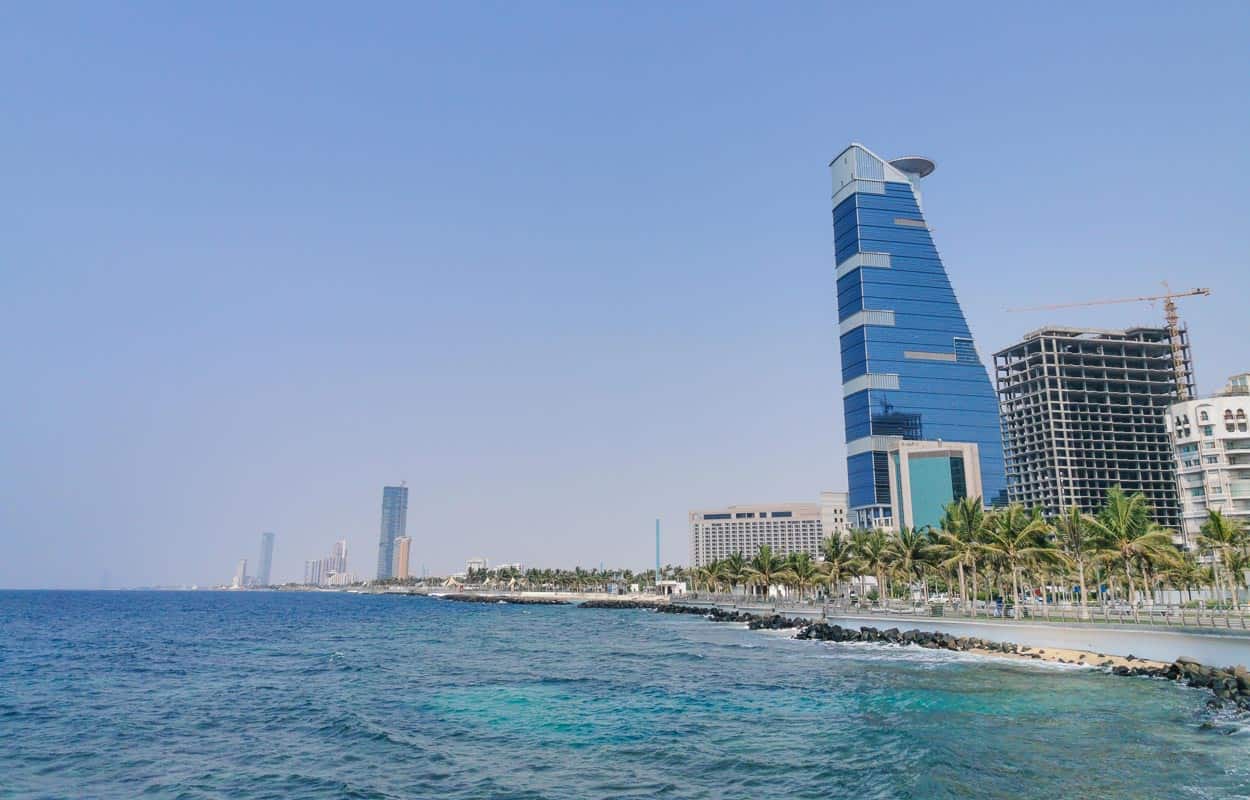
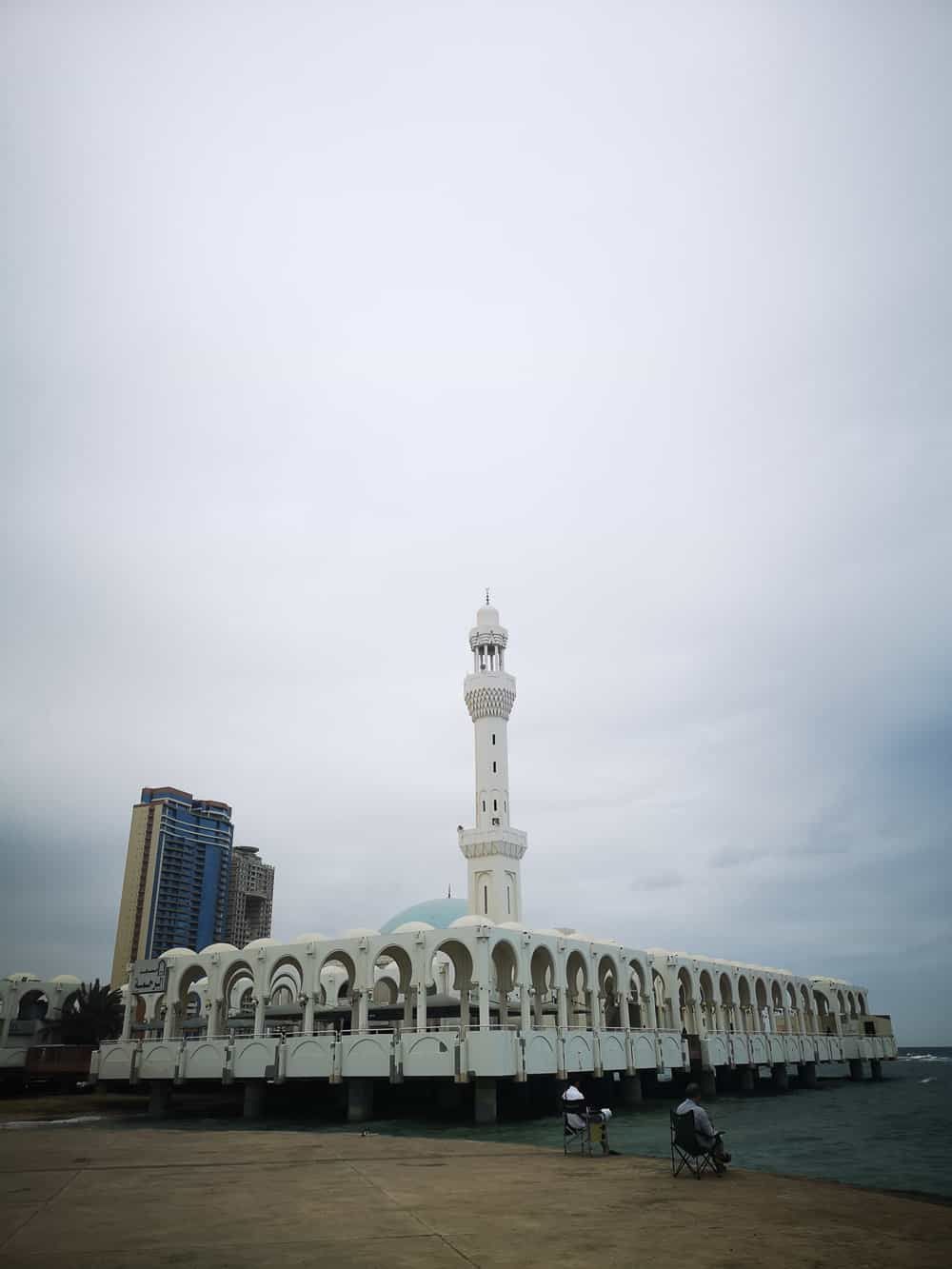
The Fayfa Mountains
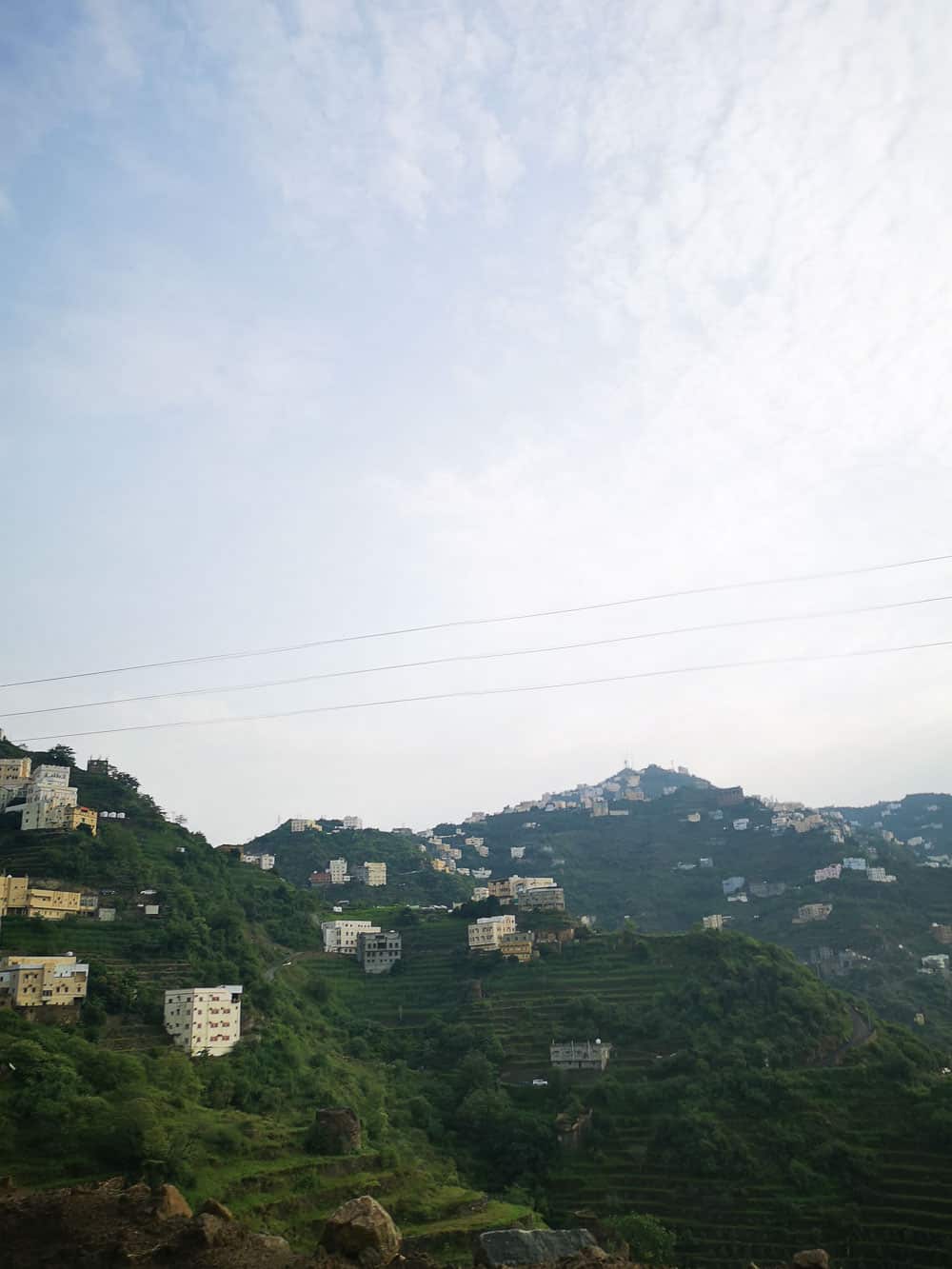
Most of the Arabian Desert lies within the kingdom of Saudi Arabia, so you might not expect to find a landscape of lush mountains and greenery.
In the Jizan province, near the border with Yemen, you will find Jebel Fayfa, known as «neighbour of the moon” or « heavens of the earth ».
A deserved nickname, as the peaks of the mountains, rising to 2,600 meters above sea level in the Arab sky.
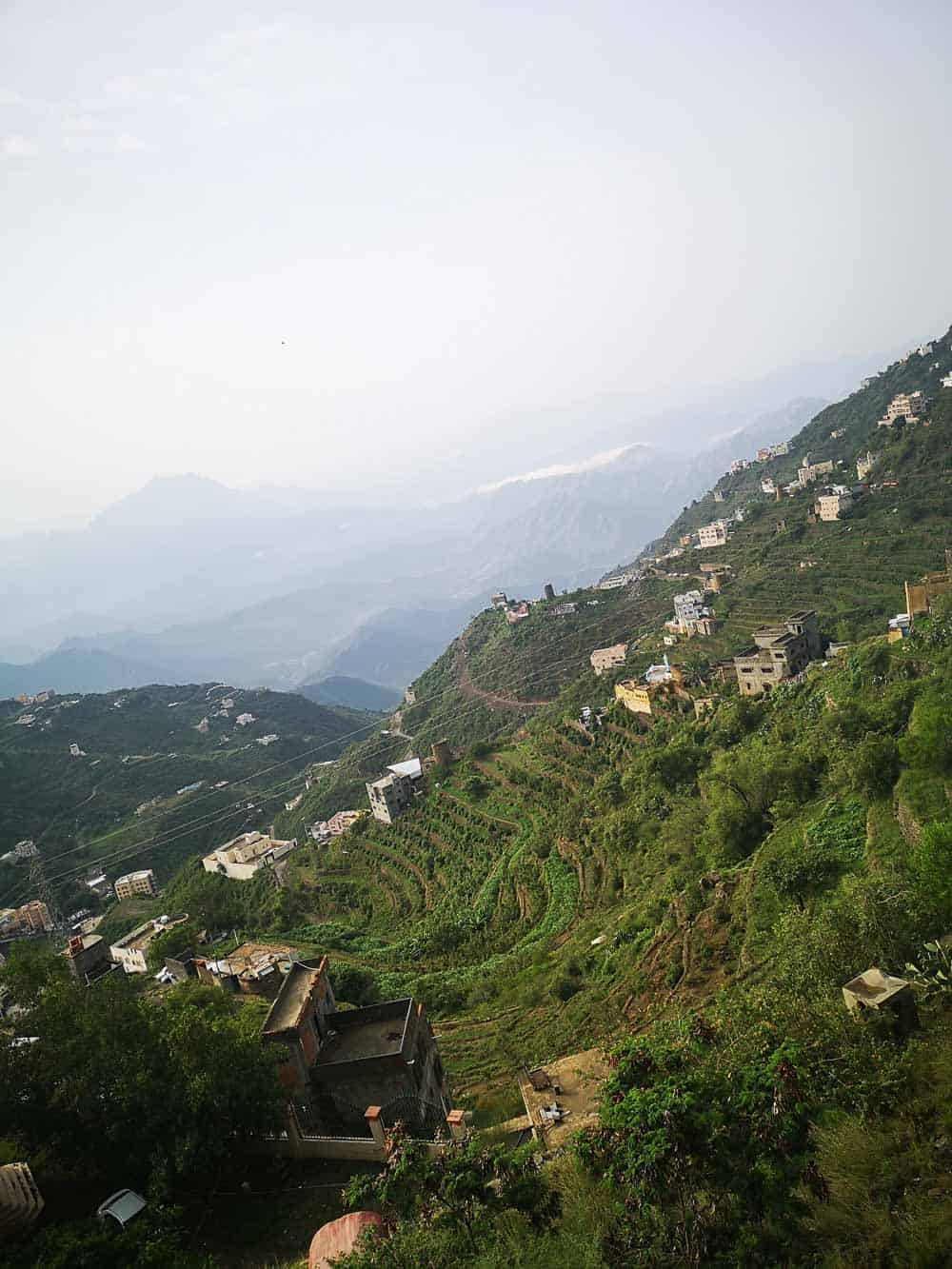
Unlike many other mountains in the country, the temperature here is cool, and it frequently rains (that strange phenomenon in any other part of the country).
The unique thing about the landscape is the terraces that have been built for hundreds of years to allow the development of agriculture in this region.
If you are planning to visit Saudi Arabia in summer, the southern regions of Asir and Jizan -where Fayfa is located- are the best options.
Rains, storms and a temperature difference of 20 degrees compared to Riyadh or the northern area.
Al Wahbah Crater
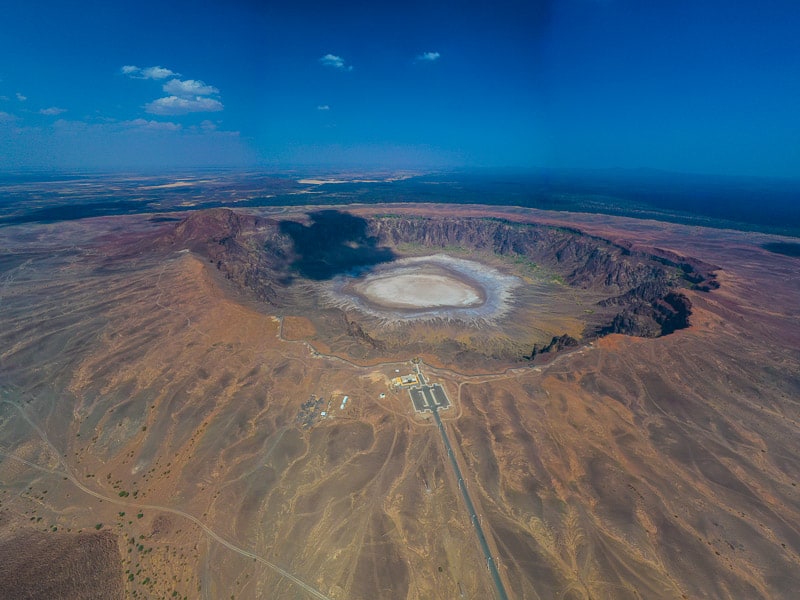
Saudi Arabia has more than 2000 volcanoes, and one of the largest volcanic fields covers more than 14,000 km2. Did you expect it?
Al Wabah Crater is located 300 kilometres drive from Makkah, and it offers a amazing scenery.
It was originally thought to be formed by a meteorite, but later geological studies show that it was formed by volcanic activity due to a massive steam explosive.
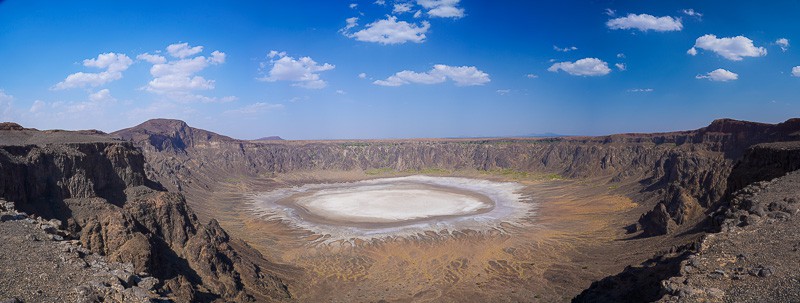
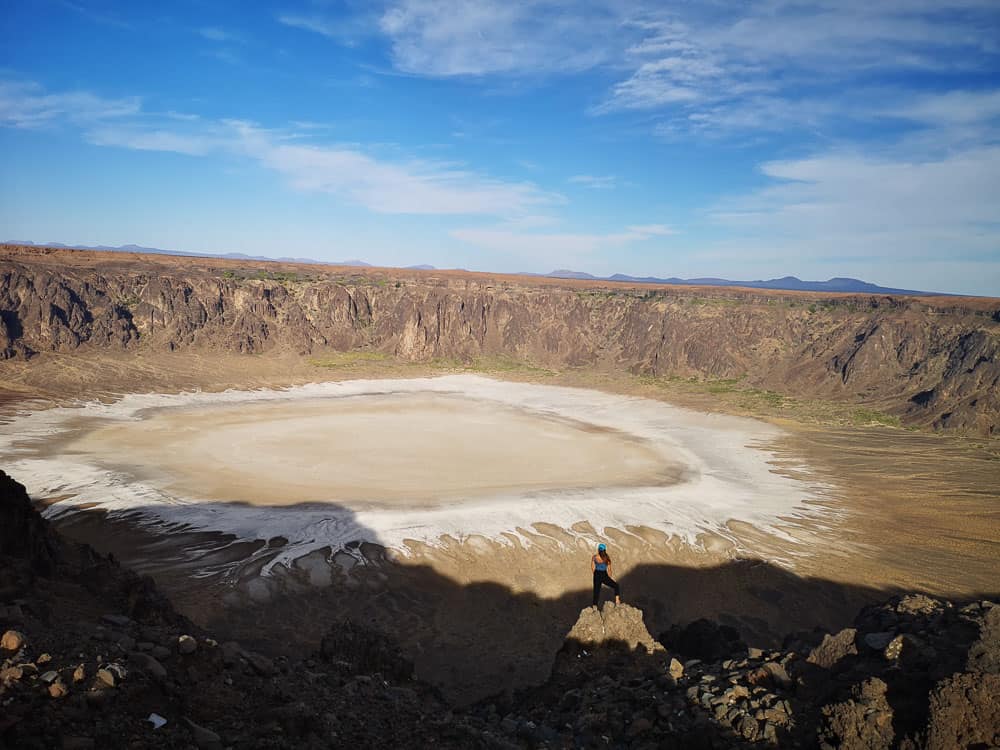
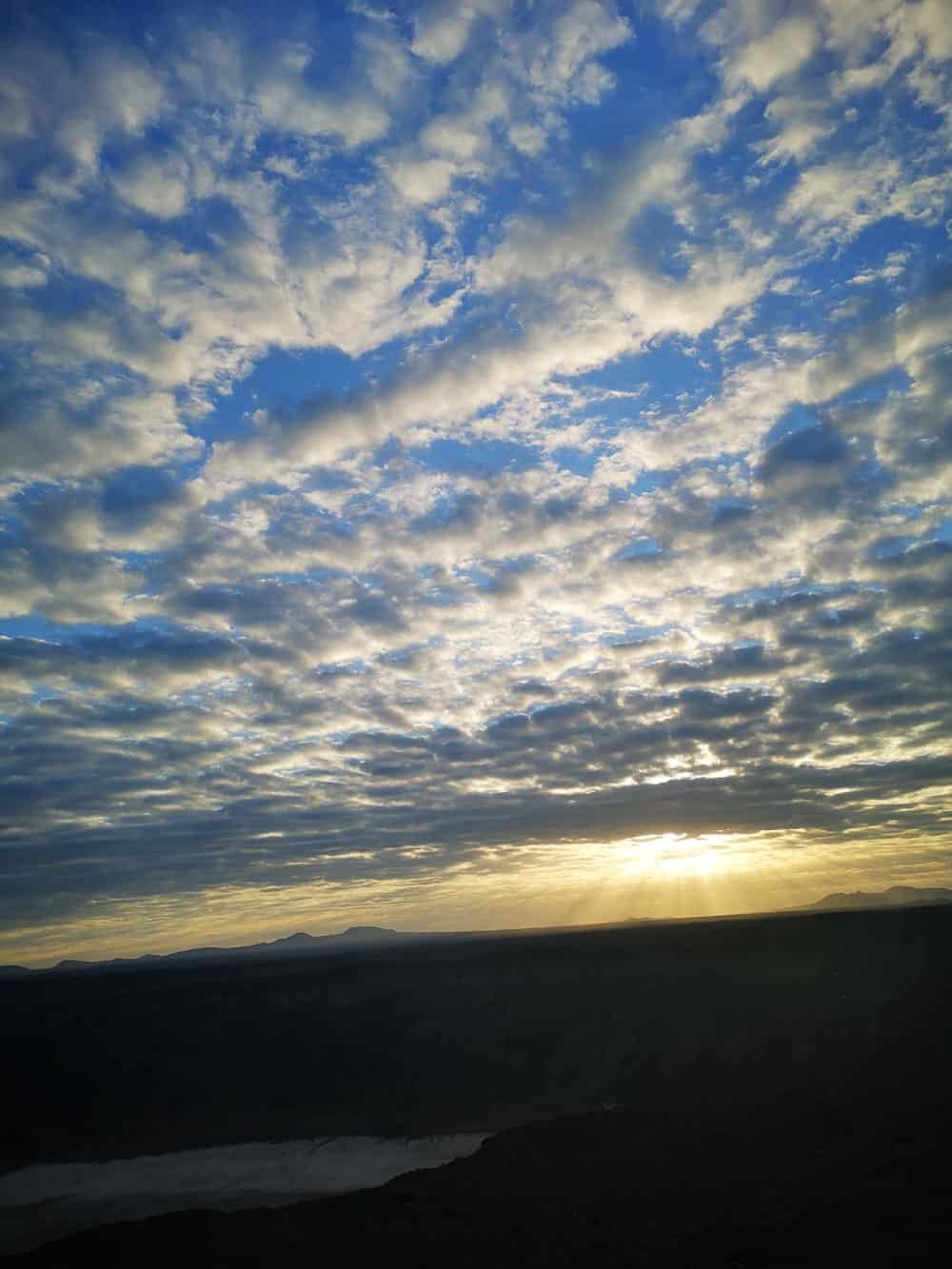
With a diameter of around 4 kilometres and a depth of 250 meters, it makes it very easy to explore by foot, it´s easy but a steep hike of 30 minutes to go to the bottom of the crater; which is covered by salt; both views from inside and from the top are amazing.
But be aware that´s there´s no shade, and the sun is strong, so be sure to bring enough drinking water.
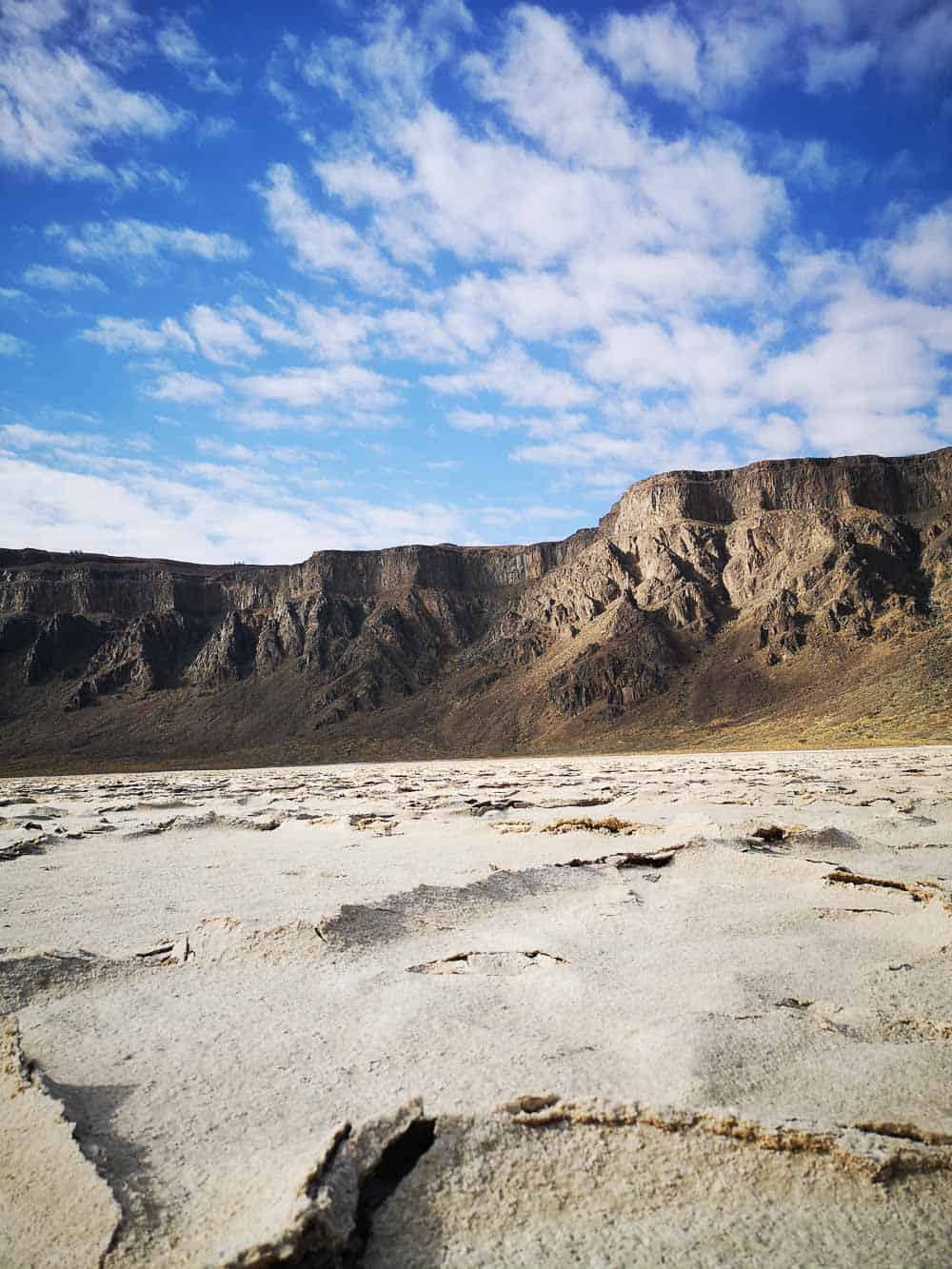
If you are into camping, this place is a perfect spot; imagine yourself waking up close to the edge of a volcano crater and surrounded by lava fields. There is also a picnic area around the crater.
The Edge Of The World
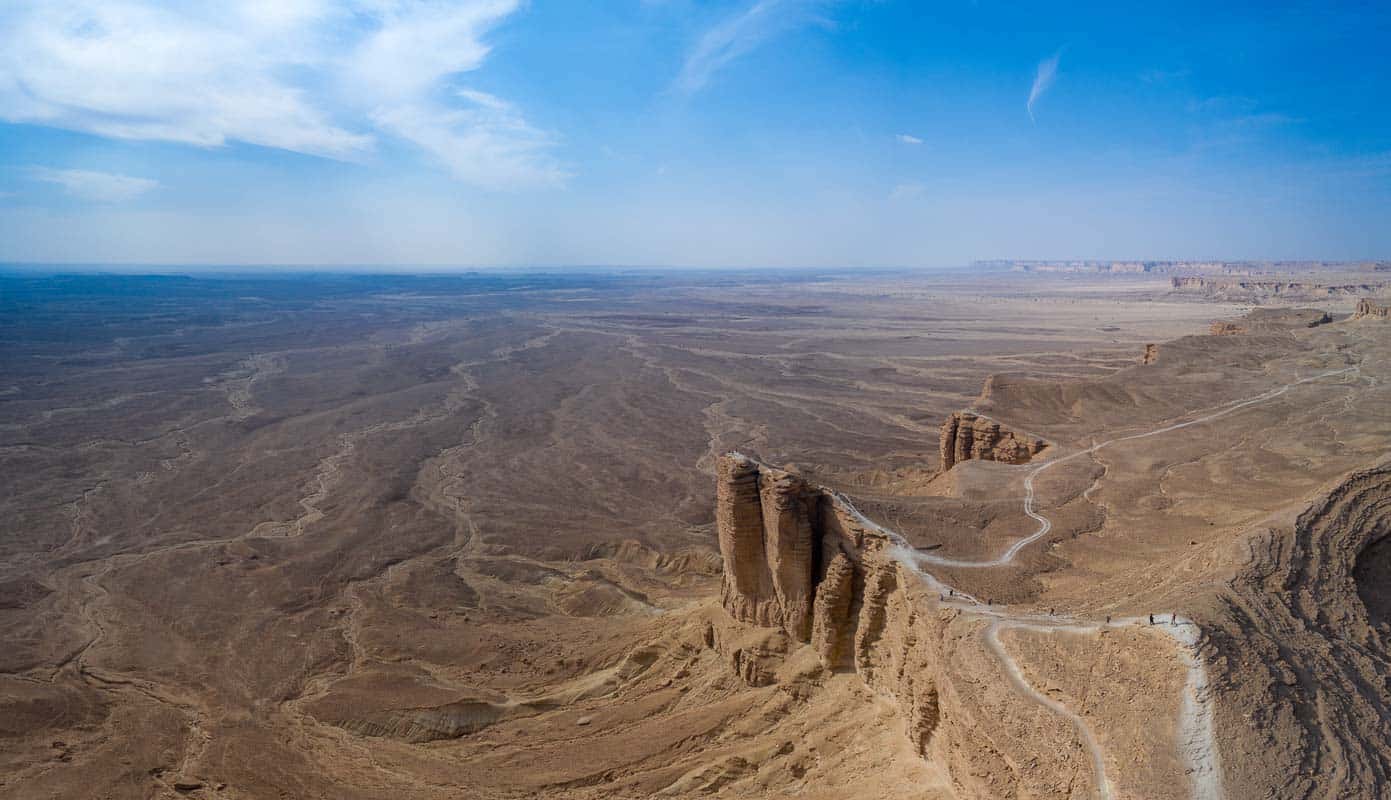
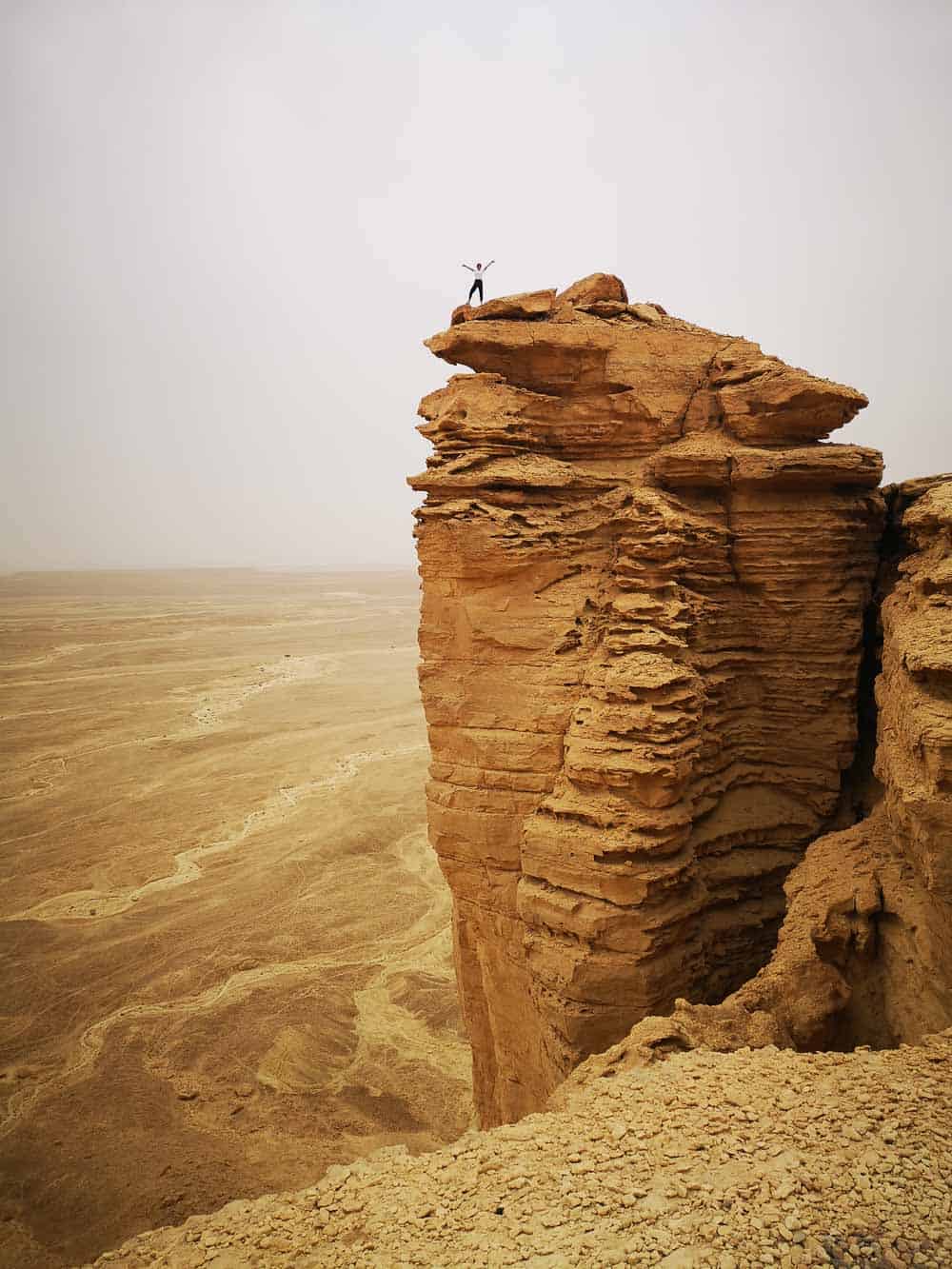
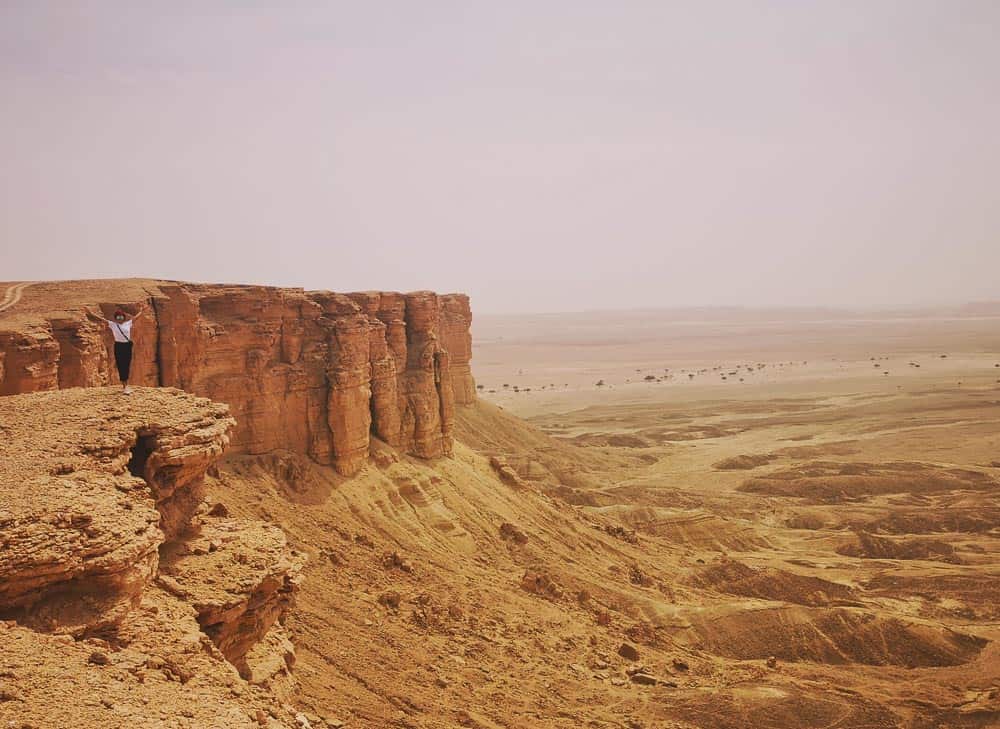
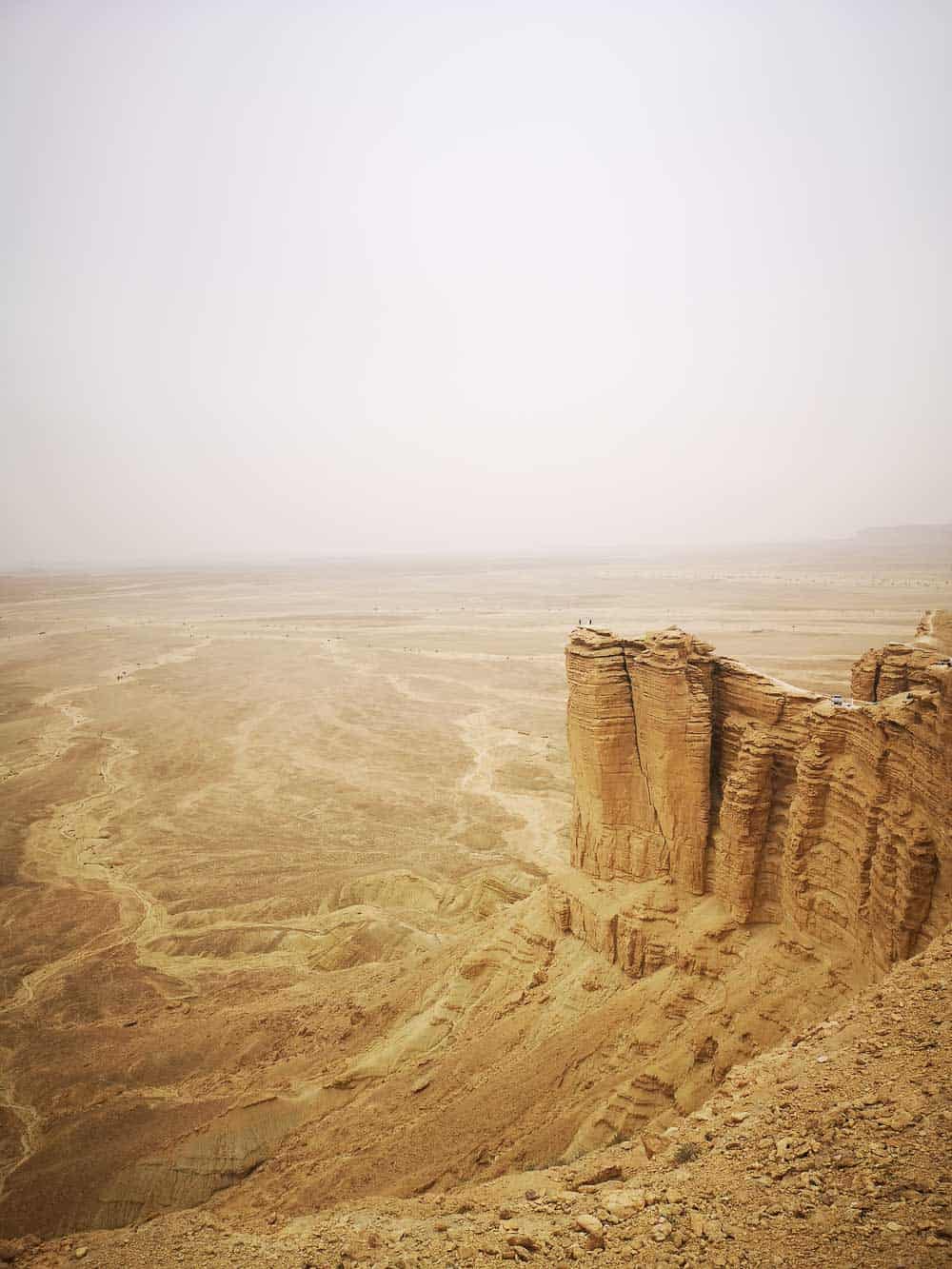

The Edge of the World is located 90km from Riyadh. Its proximity to the capital of the country makes this place one of the most visited by tourists or expatriates living in the Kingdom (it is better to avoid the weekends if you want to avoid the crowds).
Through the cliffs of Tuwaiq that rise from the desert to the sky like a natural wall, this place offers views of the arid valley as far as the eye can reach.
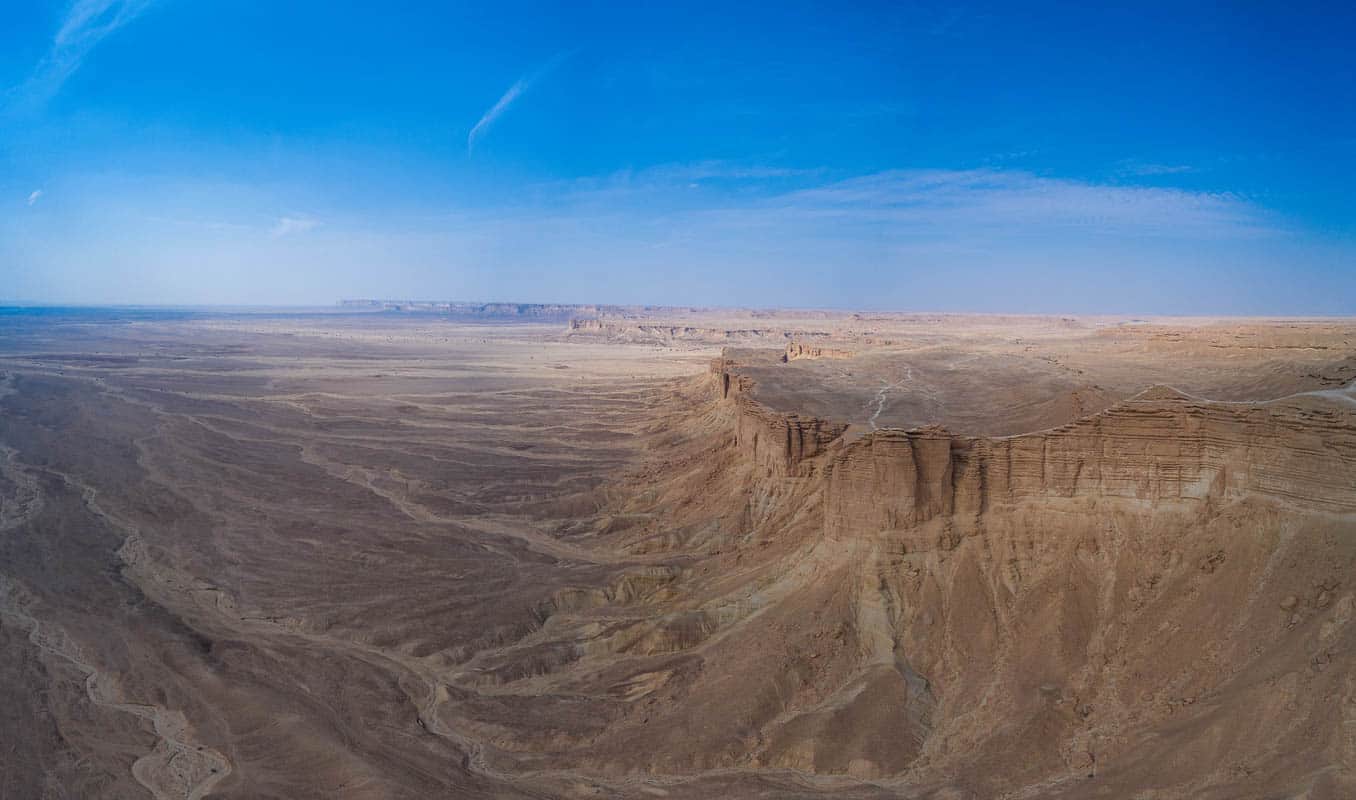
Formerly, it was the place of passage of one of the commercial routes used to cross the Arabian peninsula from Yemen to the Levant and Persia. Today, one of the most photographed places in Saudi Arabia.
This is just a starter of places to visit in Saudi Arabia, which, although it has recently opened for tourism, has tons of places to discover. Exploring the country is a hell of a ride.
Tamniah
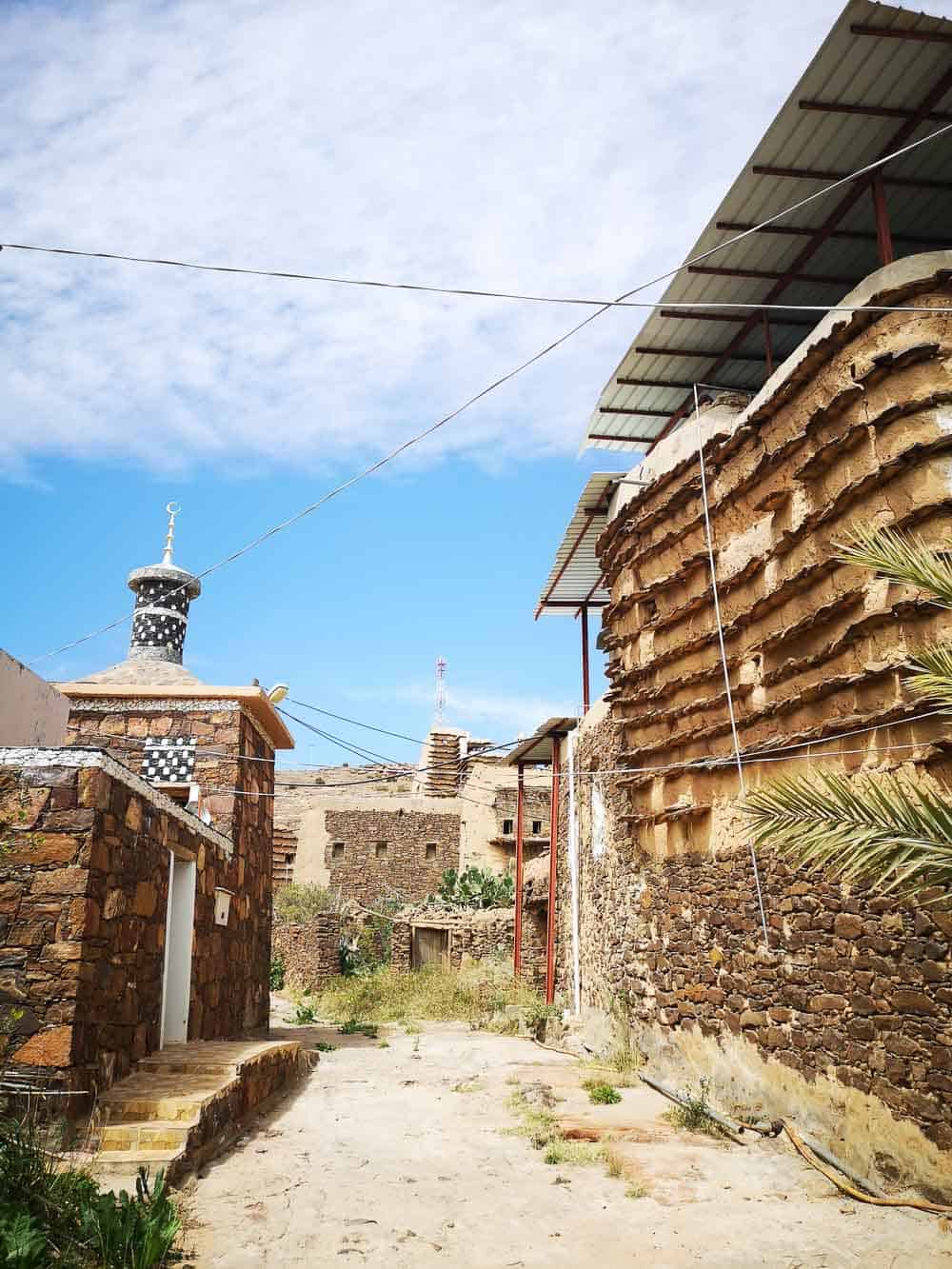
Due to its proximity to Yemen, it is not only common to find typical Yemeni clothing or food but also towns with an architecture similar to the neighbouring country.
The closer you get, the easier it is to find this cultural mix.
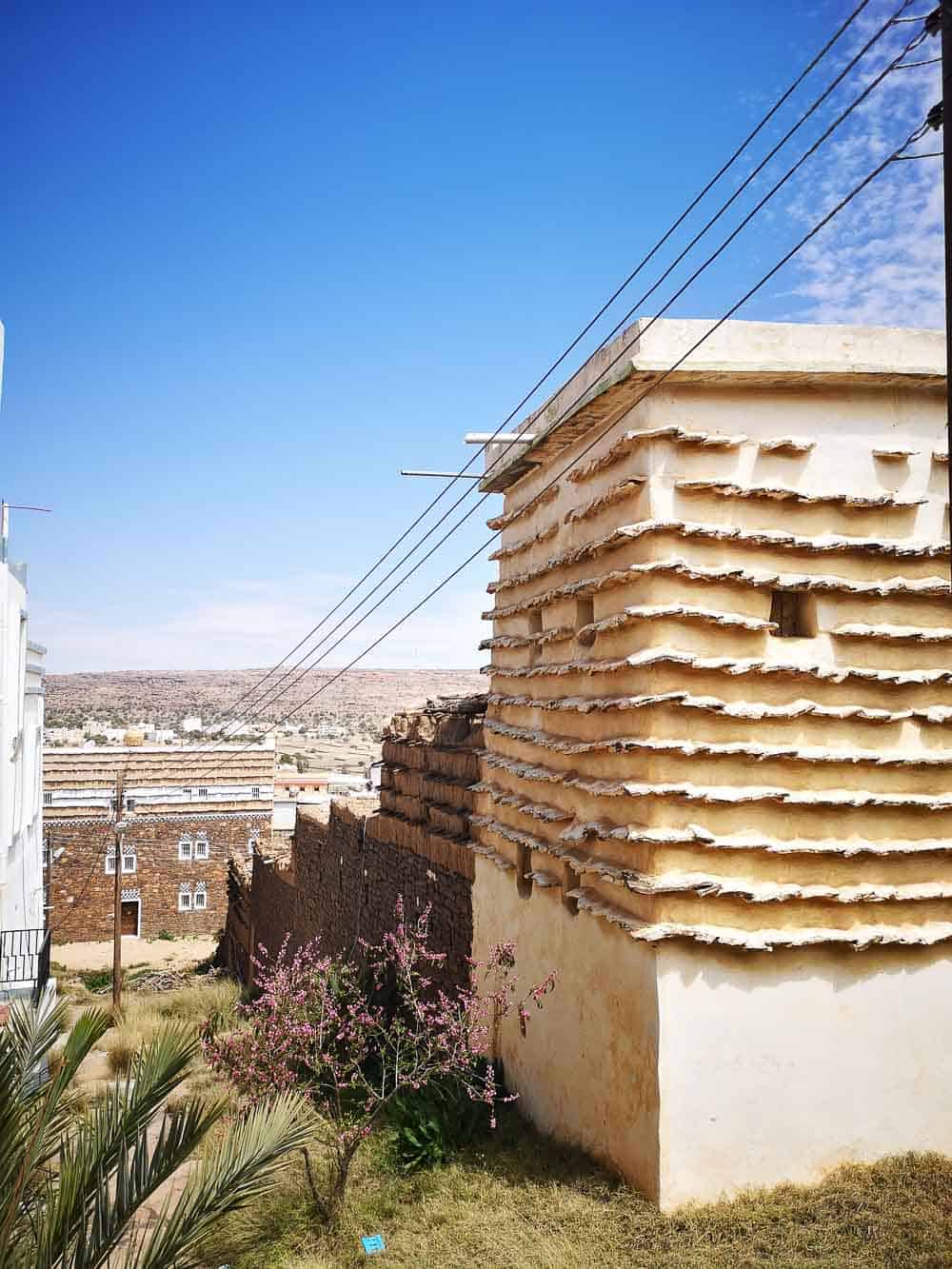
After travelling more than 1,700 km in the western part of the country and visiting multiple villages, it was a surprise to arrive in the beautiful town of Tamniah by the hand of a young Saudi whose grandfather was the owner of one of the houses.
Today Tamniah is, unfortunately, a half-abandoned town. Only a couple of elderly people live in it.
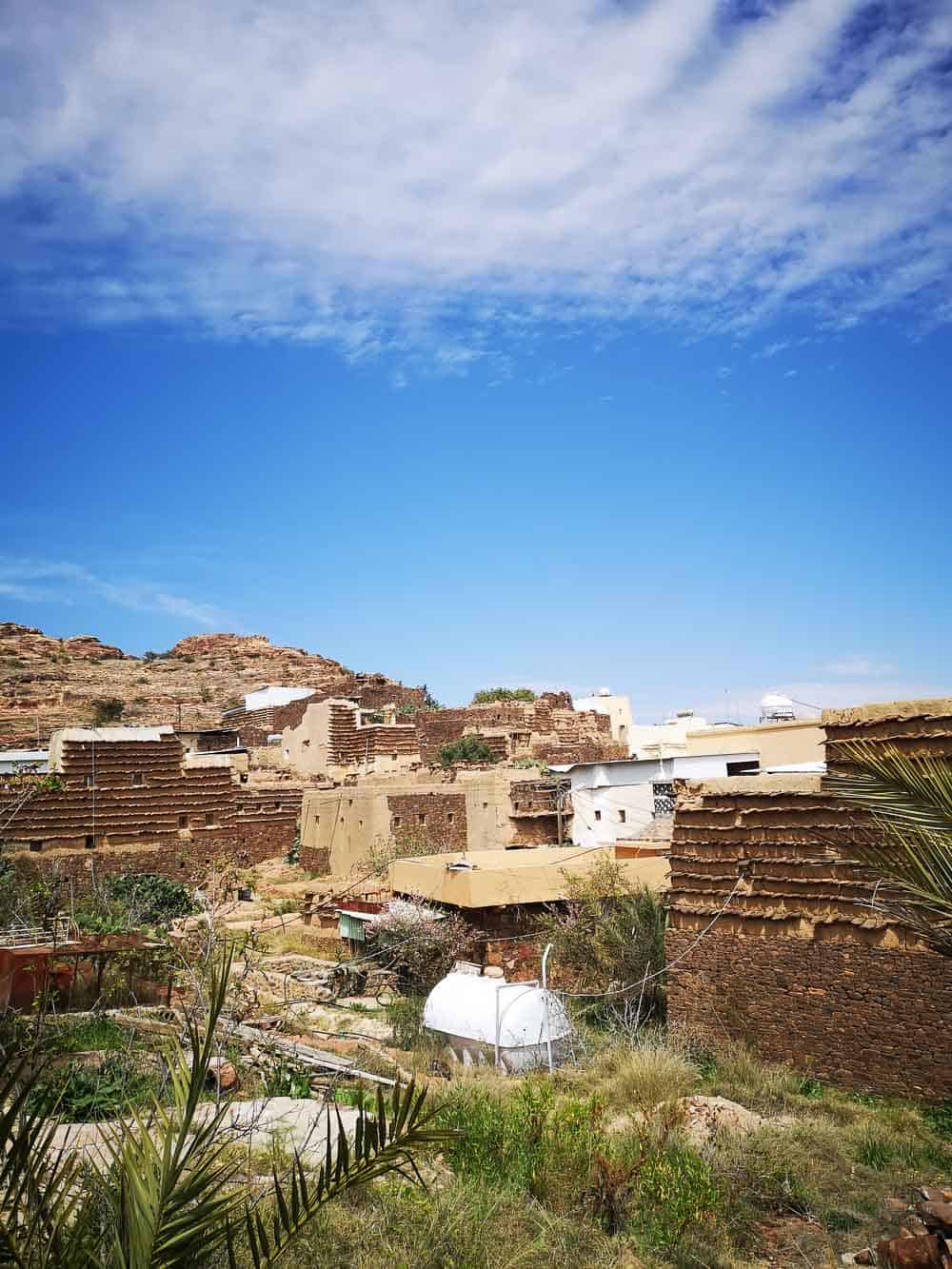
The people abandoned these houses to move a few kilometres further into concrete houses and with the comforts of the 21st century.
The mud buildings are kept in perfect condition, and the architecture can be appreciated: the small windows that served as ventilation, the coloured doors and the slabs on the mud walls to prevent rain from running on it.
In addition to the houses, there is a very cosy little mosque and the building where the men of the town met to decide on the issues of the neighbours.
There are also the wells where the water was extracted.
Al-Ahsa.
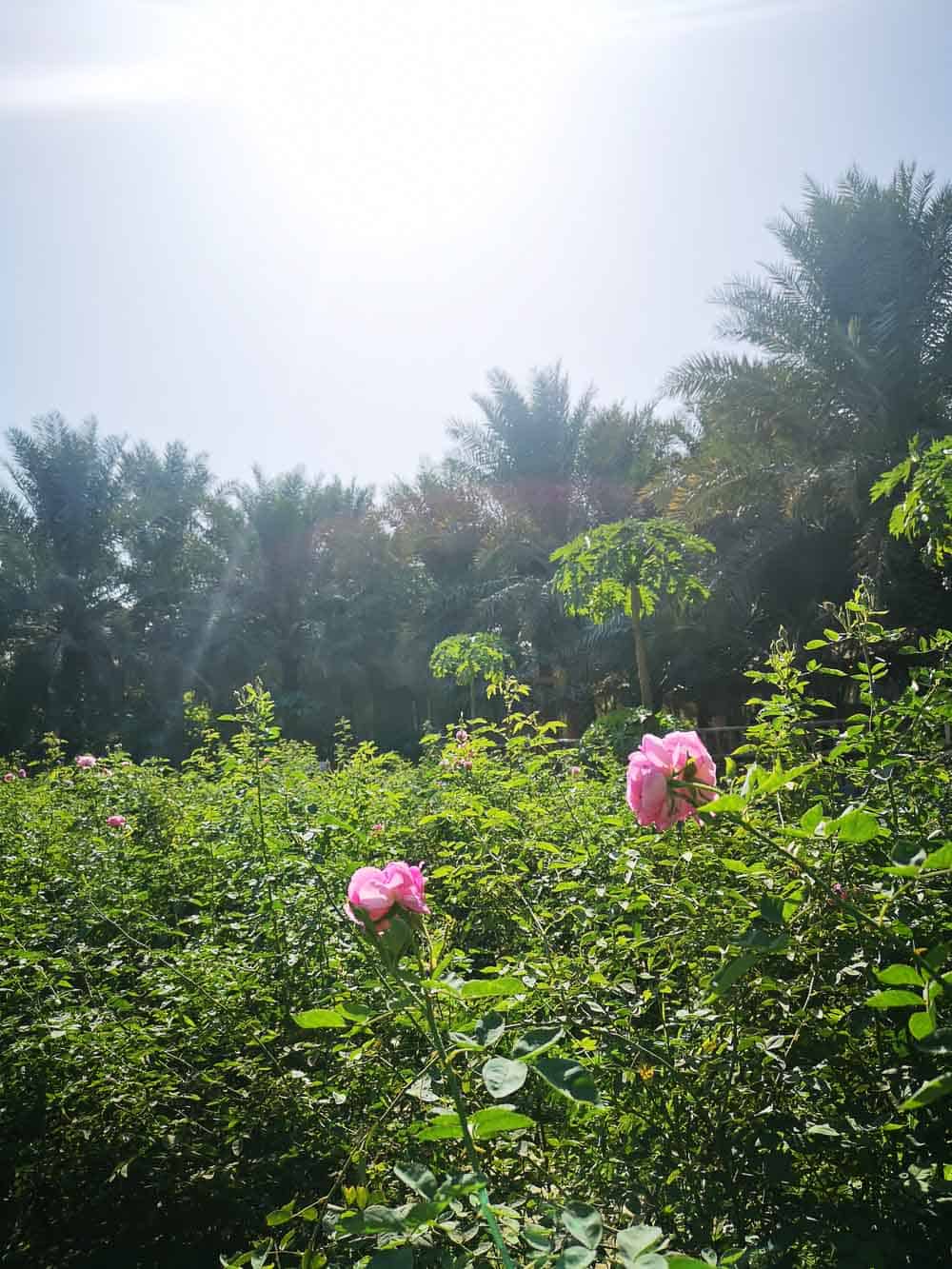
A short drive from Riyadh, Al-Ahsa makes the perfect place for a weekend or day trip from the capital or from the seaside town of Dammam.
Al-Ahsa has recently been in the tourist spotlight as Al-Ahsa oasis has been named the largest oasis in the world, and the site has become a World Heritage since two years ago -the first UNESCO listed city in the Gulf-.
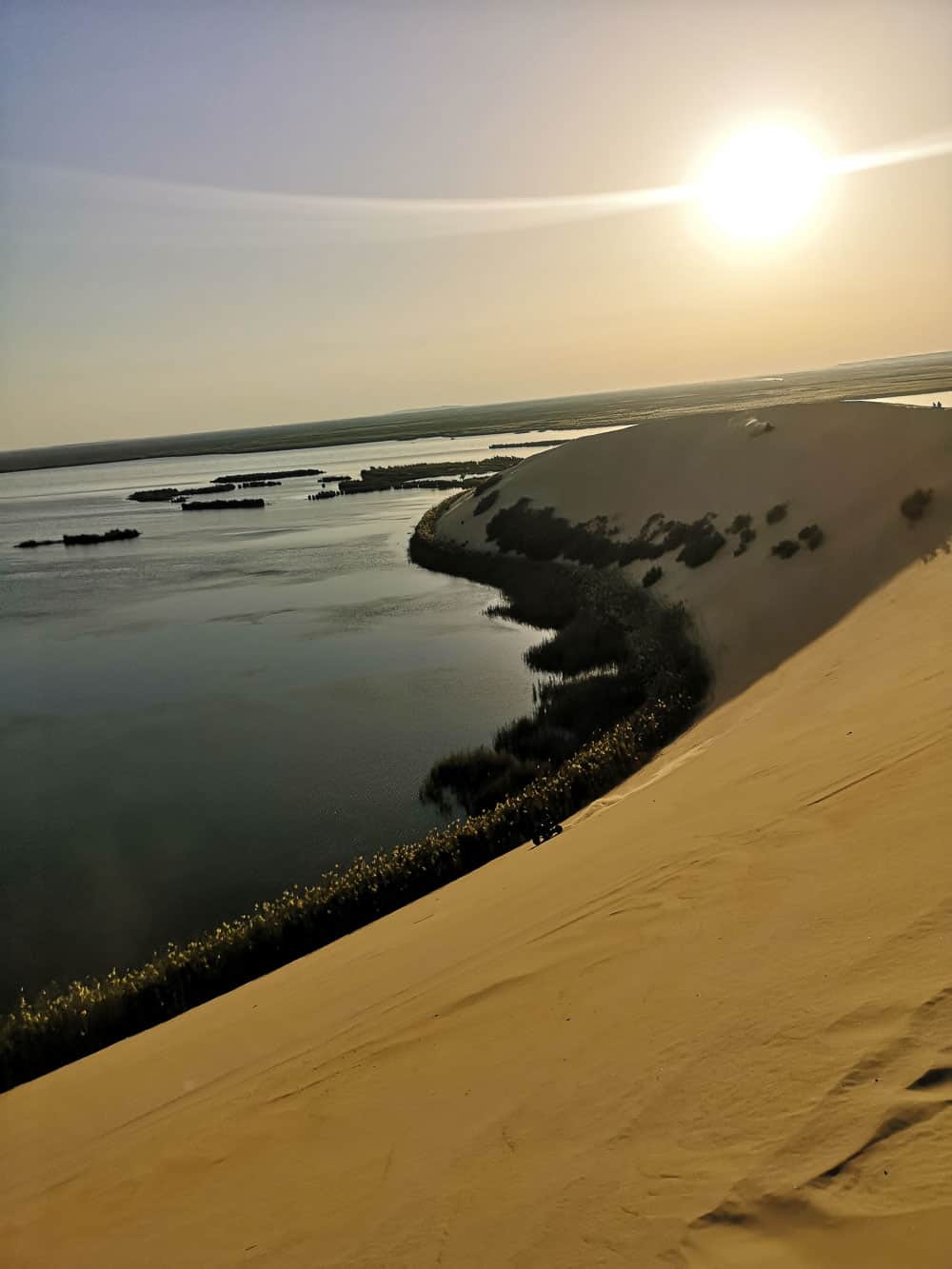
There are more than 2.5 million palm trees, and one of the most interesting activities to do in the city is to visit one of its date farms -Saudi Arabia is one of the largest producers of dates in the world-: tour the canals that surround the farms, walk around the palms trees and learn about the oldest and latest techniques in the cultivation of the dates.
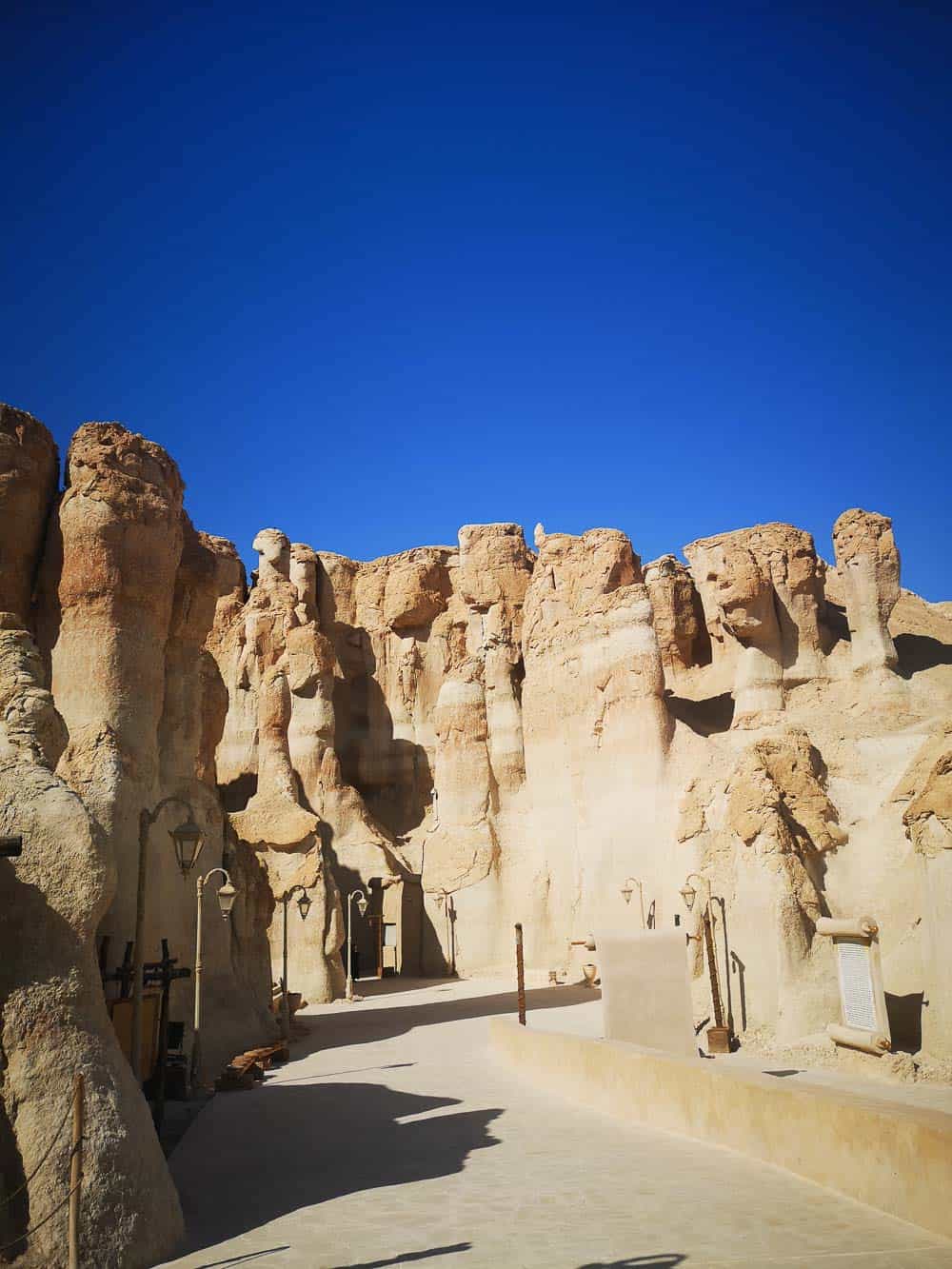
Thanks to the archaeological evidence, Al-Ahsa is considered one of the oldest human settlements in the Arabian Peninsula.
Al Qarah Mountain -that it raises 205 meters above sea level- goes back to 2.5 million years ago, and it has a network of caves and narrow canyons; where the population of the region used to live due to the good weather that was kept in the caves all year round.
As the sun comes down, people gather in the Yellow Lake, where the most intrepid speed the dune that overlooks the lake on quads and motorcycles. One of the most unusual landscapes in the country and one of the places not to miss while discovering Al-Ahsa.
To close the day, it is during the evening that Al-Ahsa souks -like Al Qaisariy Souq- comes to life. A walk to the Arab tradition and culture through the narrow alleys.
Rijal Almaa The Gingerbread Village
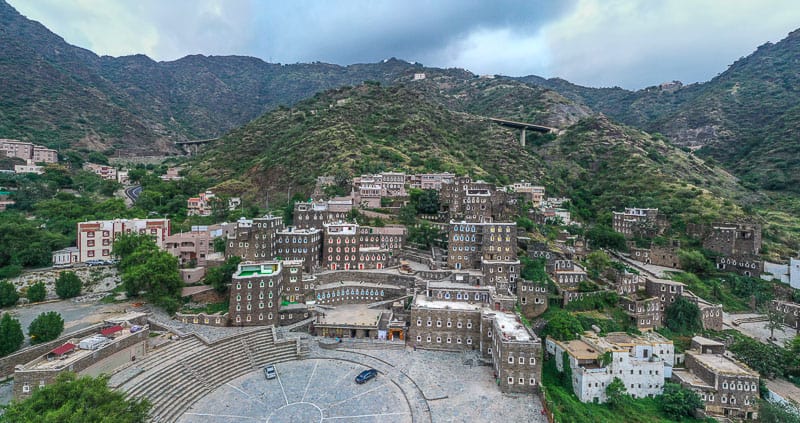
Rijal Almaa was once an important stop for those travelling from Yemen to the holy cites of Mecca and Medina in Saudi Arabia.
The village of Rijal Almaa is built up by 60 multiple-story buildings. All are built in a traditional way with only stone, clay and wood, similar to the famous buildings just across the border in Yemen.
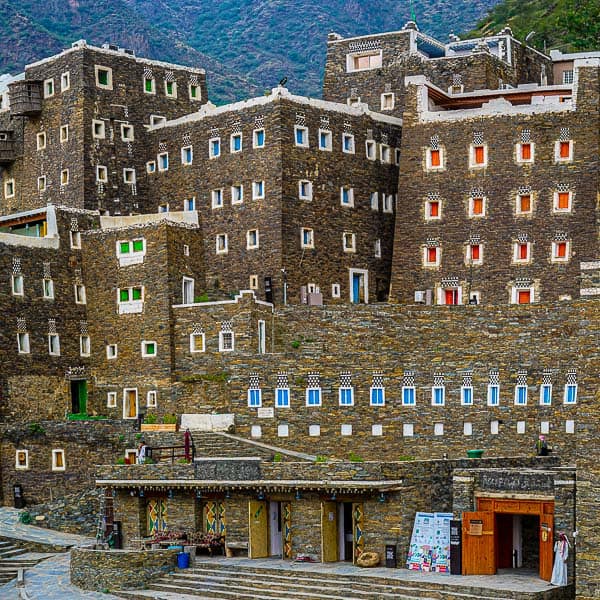
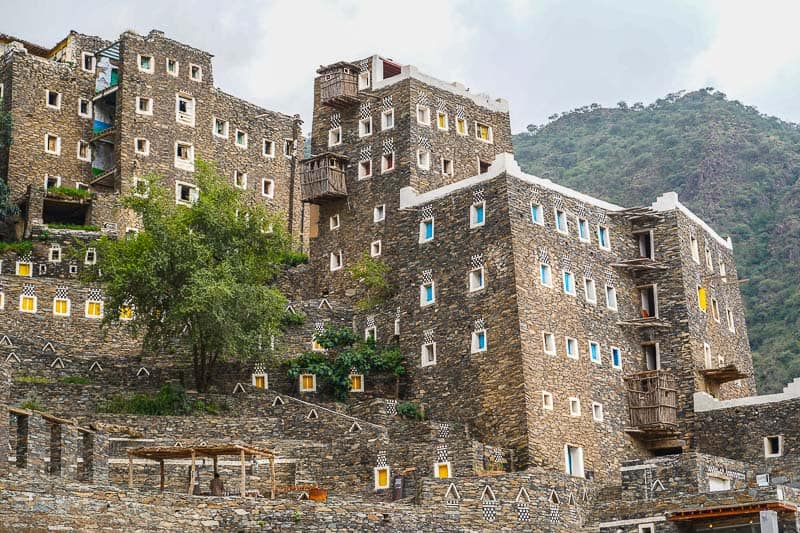
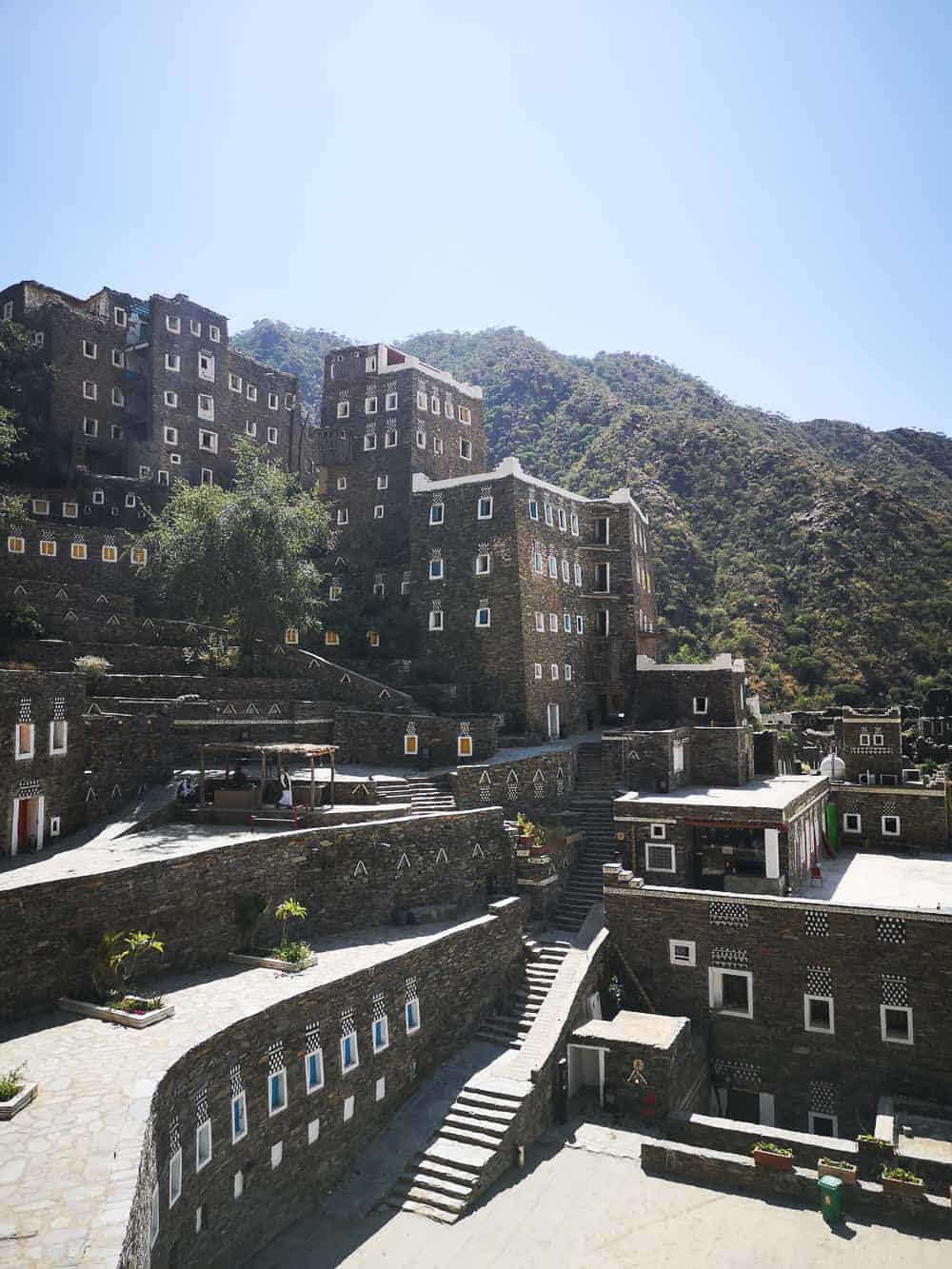
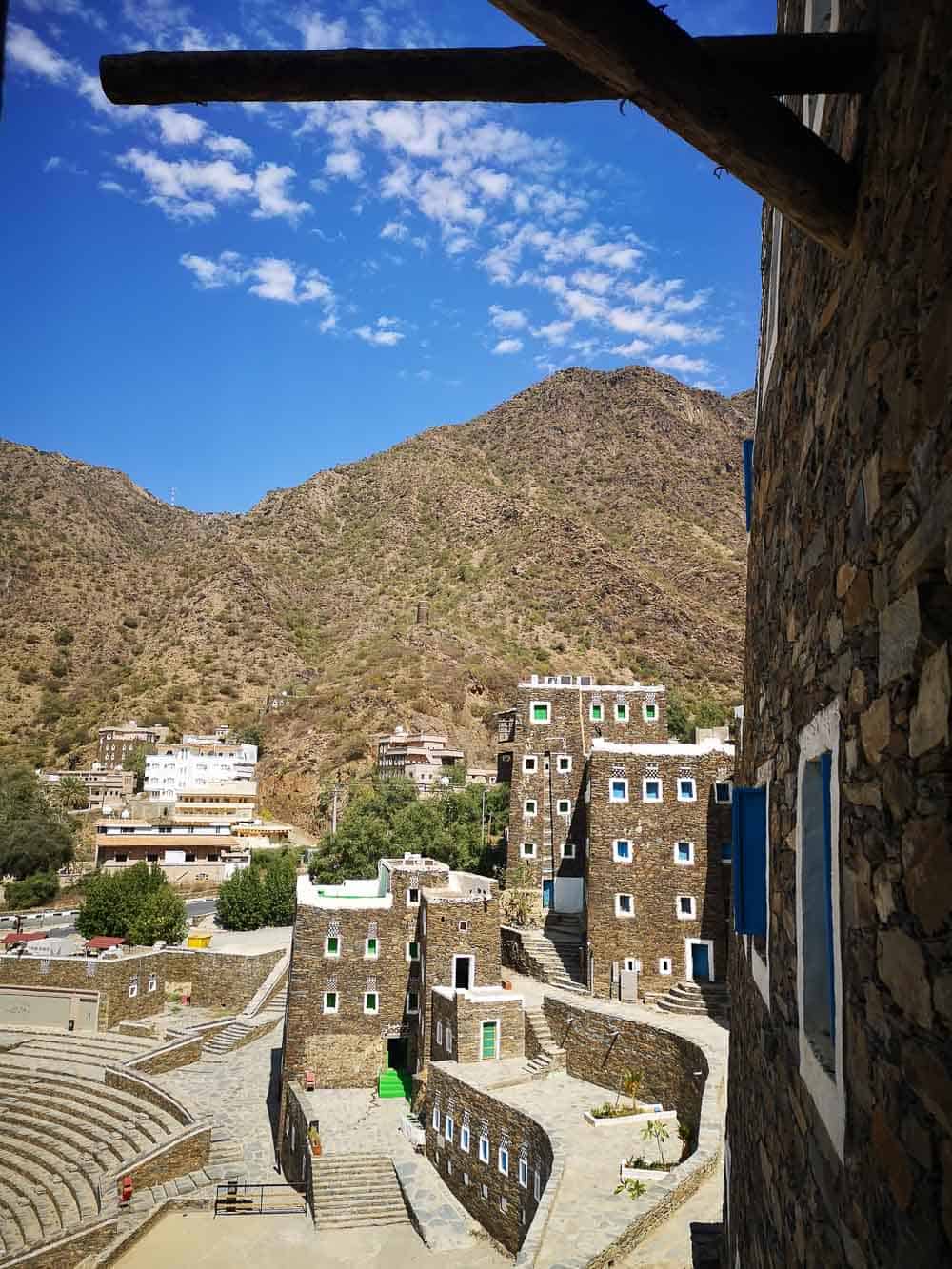
The locals don´t call their buildings houses, but they instead call their buildings forts, and sixteen of the sixty houses are considered to be forts, due to their massive size, with the tallest building standing an impressive six stories tall.
All the forts in Rijal Almaa has its own history going back hundreds of year through generations of families; you have “Fort of Maejib & Hakim”, “Fort of Msamr”, Fort of al-Dir”iyyah”, “Fort of al-Sisbae, the tallest fort in the village” and Fort Al Jaber & Al Hawat”.
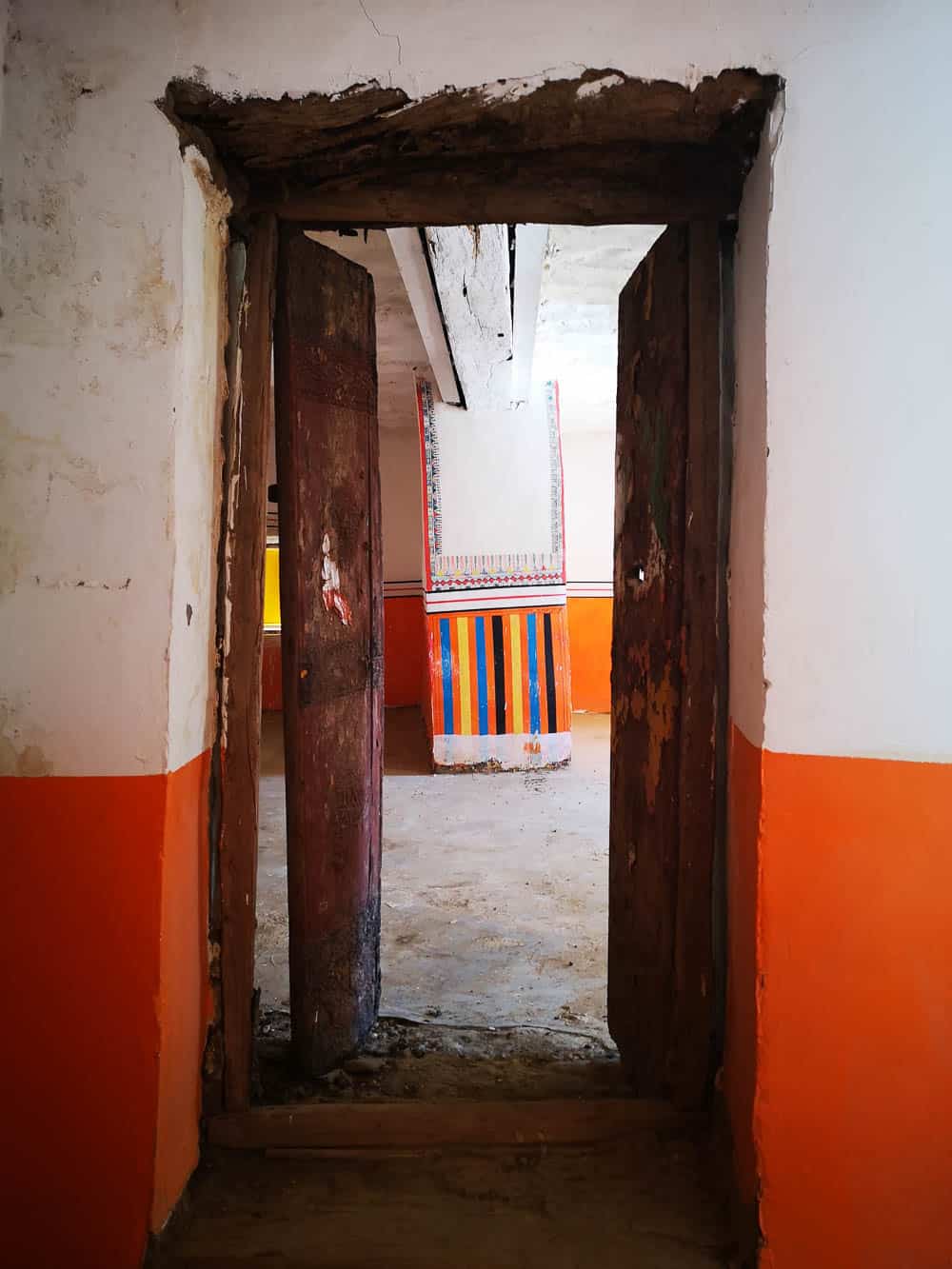
All of the forts has its own rich history, which is well documented and still kept in ownership by the original families.
Al-Ula
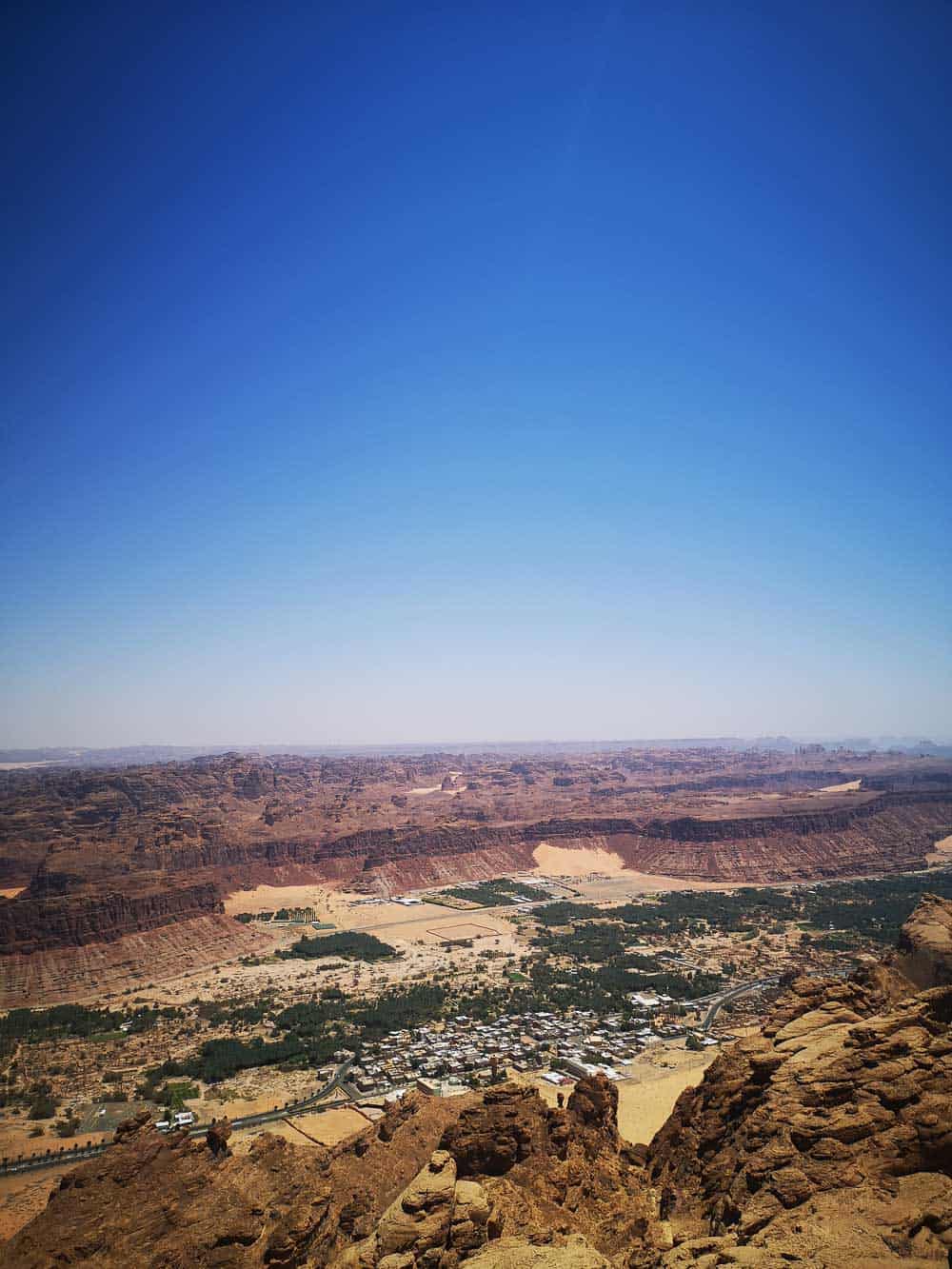
For many years Al-Ula was an important stop for the camel caravans that crossed the Arabian Peninsula.
Nowadays, Al-Ula has become the region in Saudi Arabia where the government is investing most money to make it attractive to foreign tourists, so, for this reason, Al-Ula is considering to be the most famous place in Saudi Arabia for foreigners, outside the two holy cities of Meca and Median.
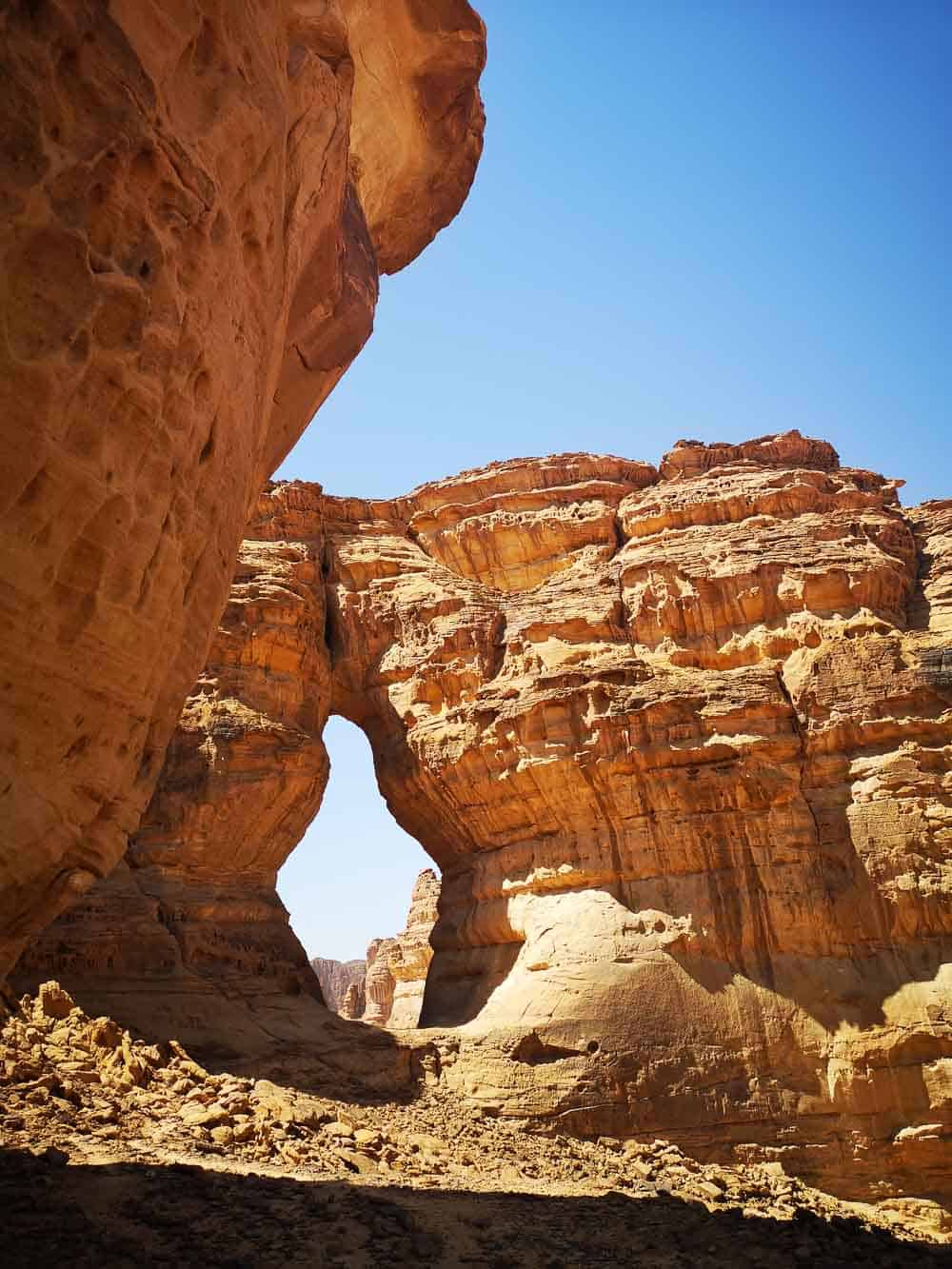
Al-Ula is made up of important archaeological remains (sometimes called the « Petra » of Saudi Arabia), and the entire area that was once the ancient city is an open-air museum now.
The traveller can visit Madain Saleh who was built more than 2000 years ago by the Nabataeans, and it was declared a World Heritage Site in Saudi Arabia by UNESCO, stroll around the sandstone mountains in the vast desert and visit its most famous rock
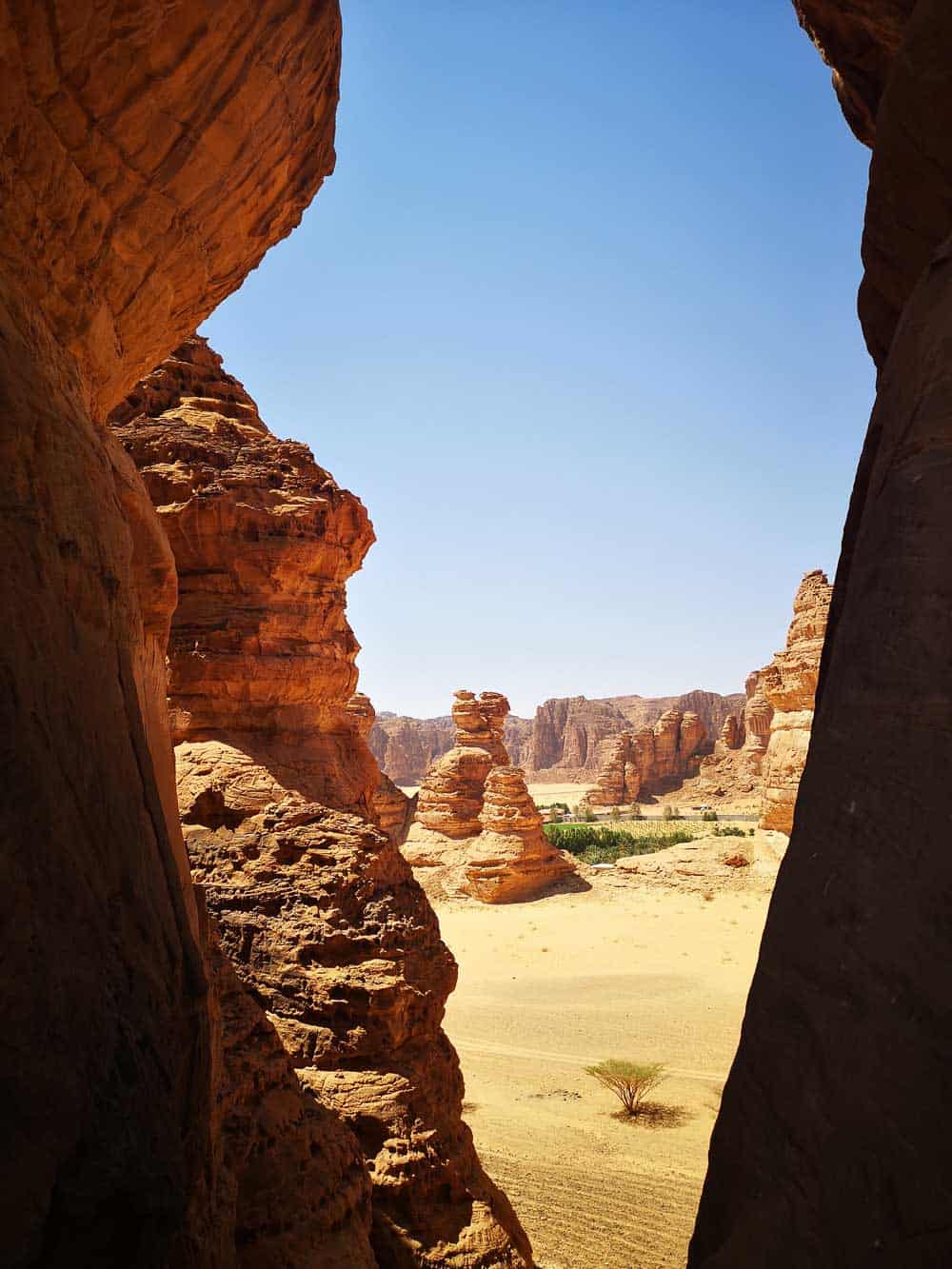
construction: the Elephant Rock (this rock -that is shaped like an elephant- has a height of more than 50 meters and can be seen from 7 kilometres away).
The best time to visit Al-Ula is in winter -when the weather is more pleasant-, the tour operators provide a great offer of adventure sports (4×4 driving, alpinism, sandboard) and many options to spend the night in the desert, from luxurious accommodation to a tent.
Dhee Ain
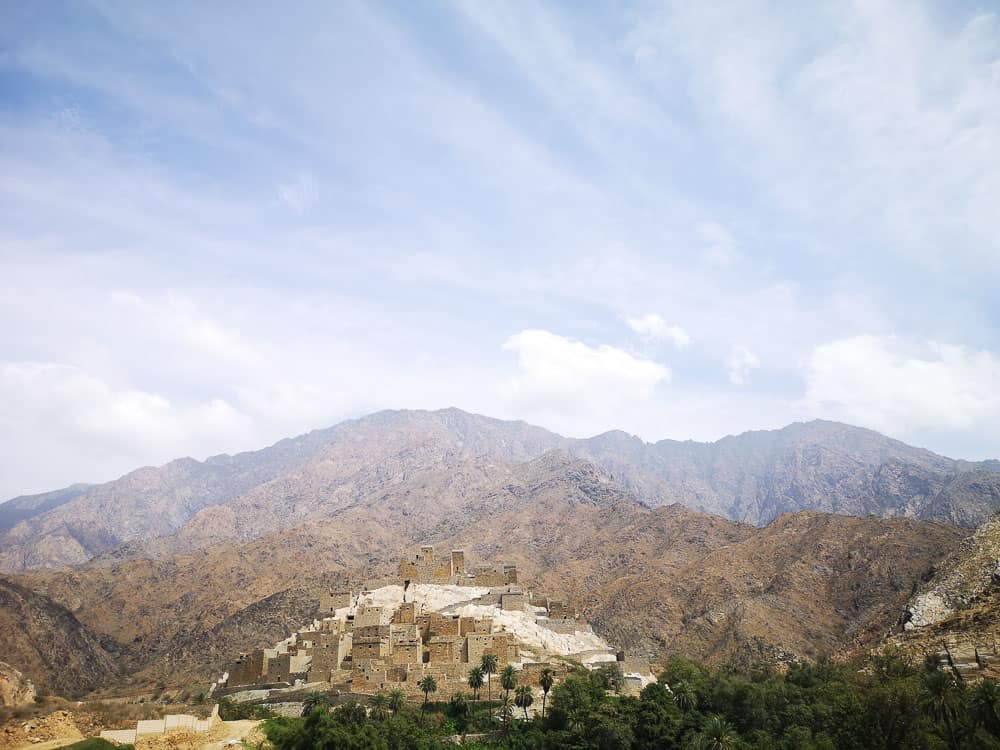
The Ain Ancient Village dates back to the 8th century; it is built on the mountain and located in a deep valley in the province of Al-Baha Region.
This small village consists of 49 houses built with stones, and it is surrounded by a fort that protected it from attacks.
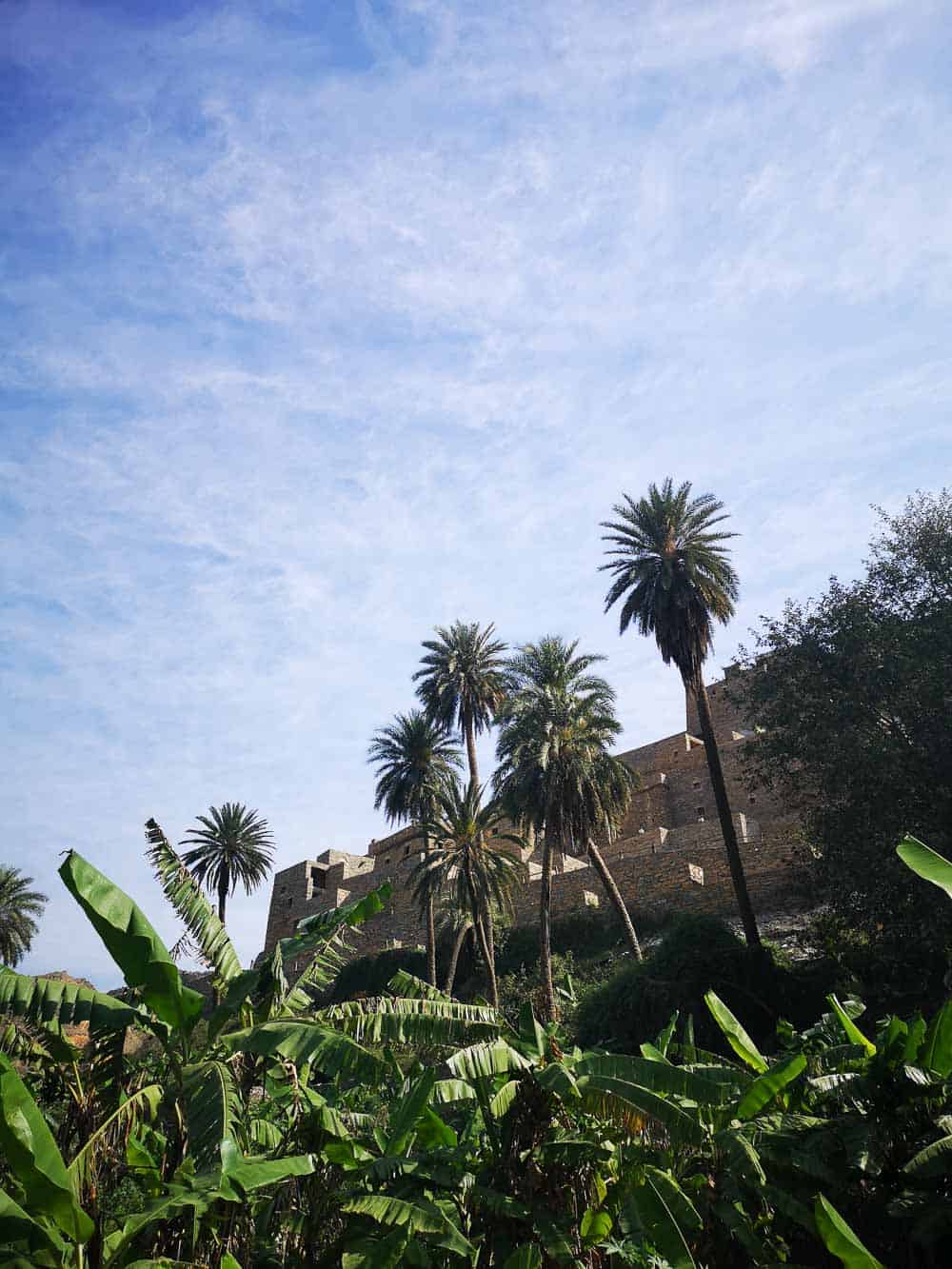
The traveller can wander around and inside these houses. Each house has a different size. Some of them have only have one room, others up to four rooms and seven floors -where an overview of the picturesque valley can be seen-.
A lush farm contrasts with the grey mountains that surround the site, and it completes the image of this town.
Just in front of the town a lush green valley where the branches of banana, pepper and lemon trees are.
The entire town was rehabilitated with the aim of preserving it and turning it into a tourist site.
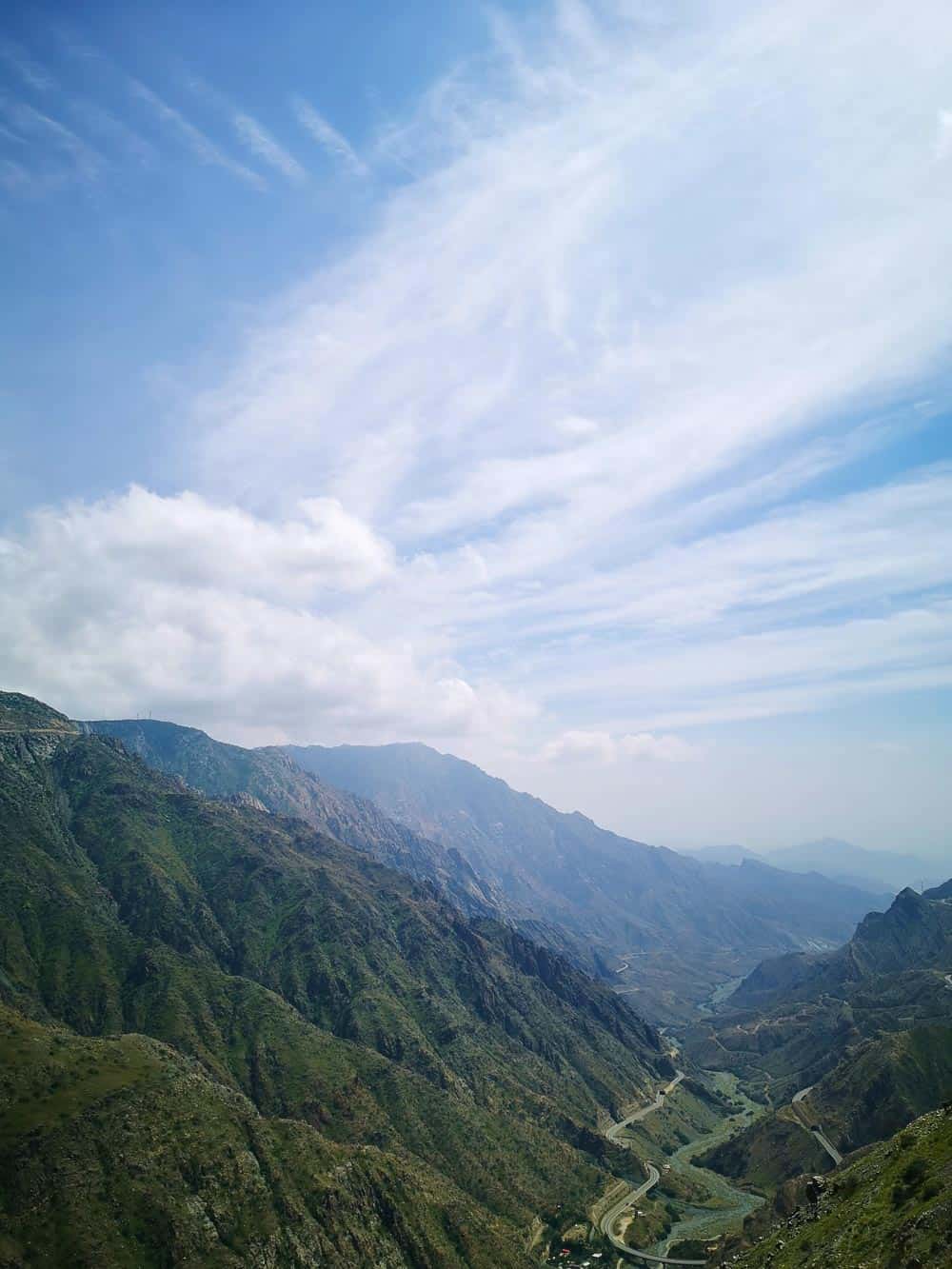
They have set up a walking area with trees, benches and a park next to the village, and they are in the process of building a small museum where the history of this place is explained.
The road to Dhee Ain is very impressive, not only because of the shapes of the mountains and the zigzag roads but also because of the historical towers that are found along the way.
Marid Castle
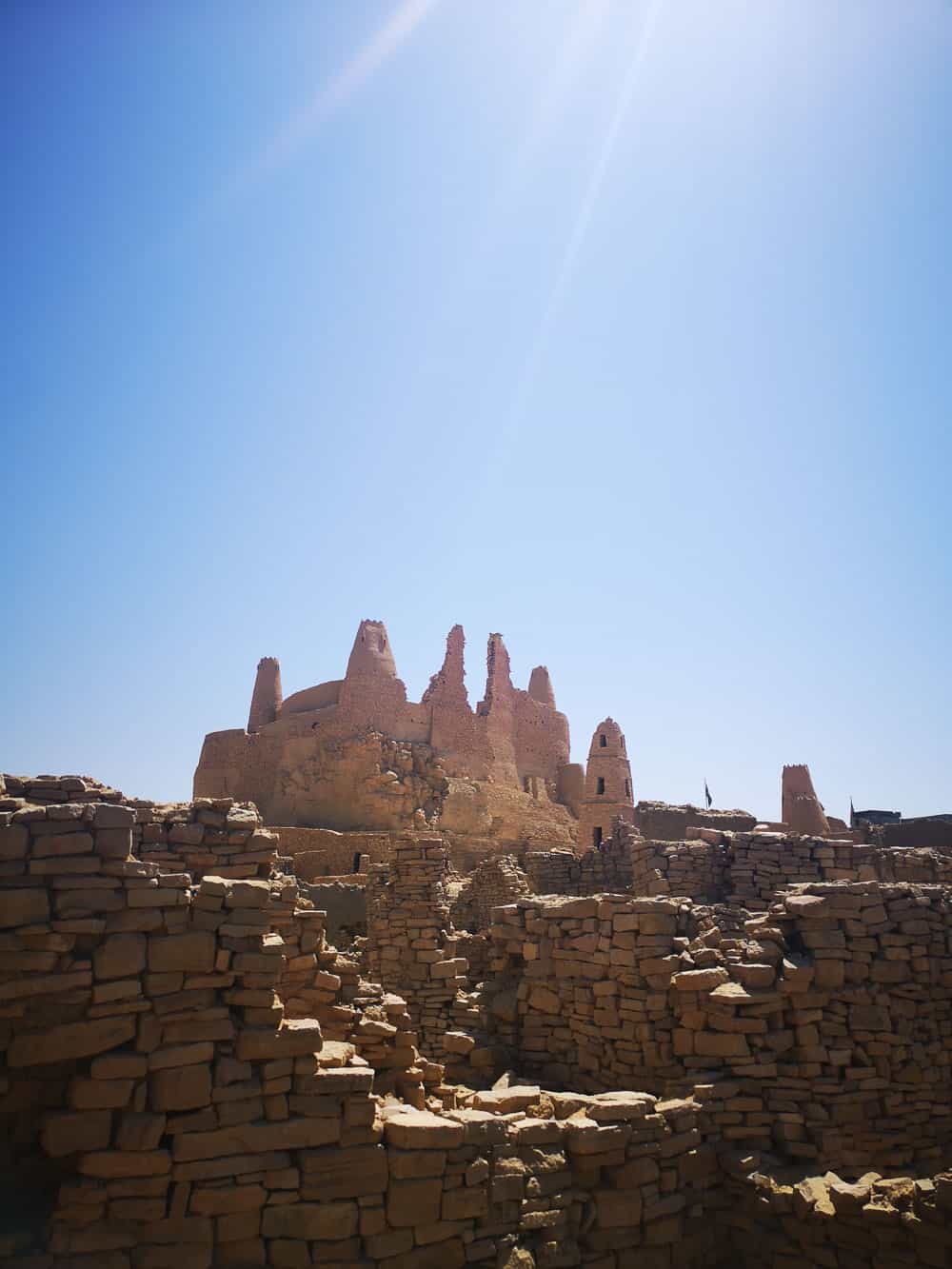
Probably the most recognized and historical castle in Saudi Arabia: Marid Castle or Qasr Marid. This fortress is located in the Al-Jawf Region, in the northern part of the country.
Not as visited as other sites, this region is often ignored by tourists. However, it is full of history dating back hundreds of years.
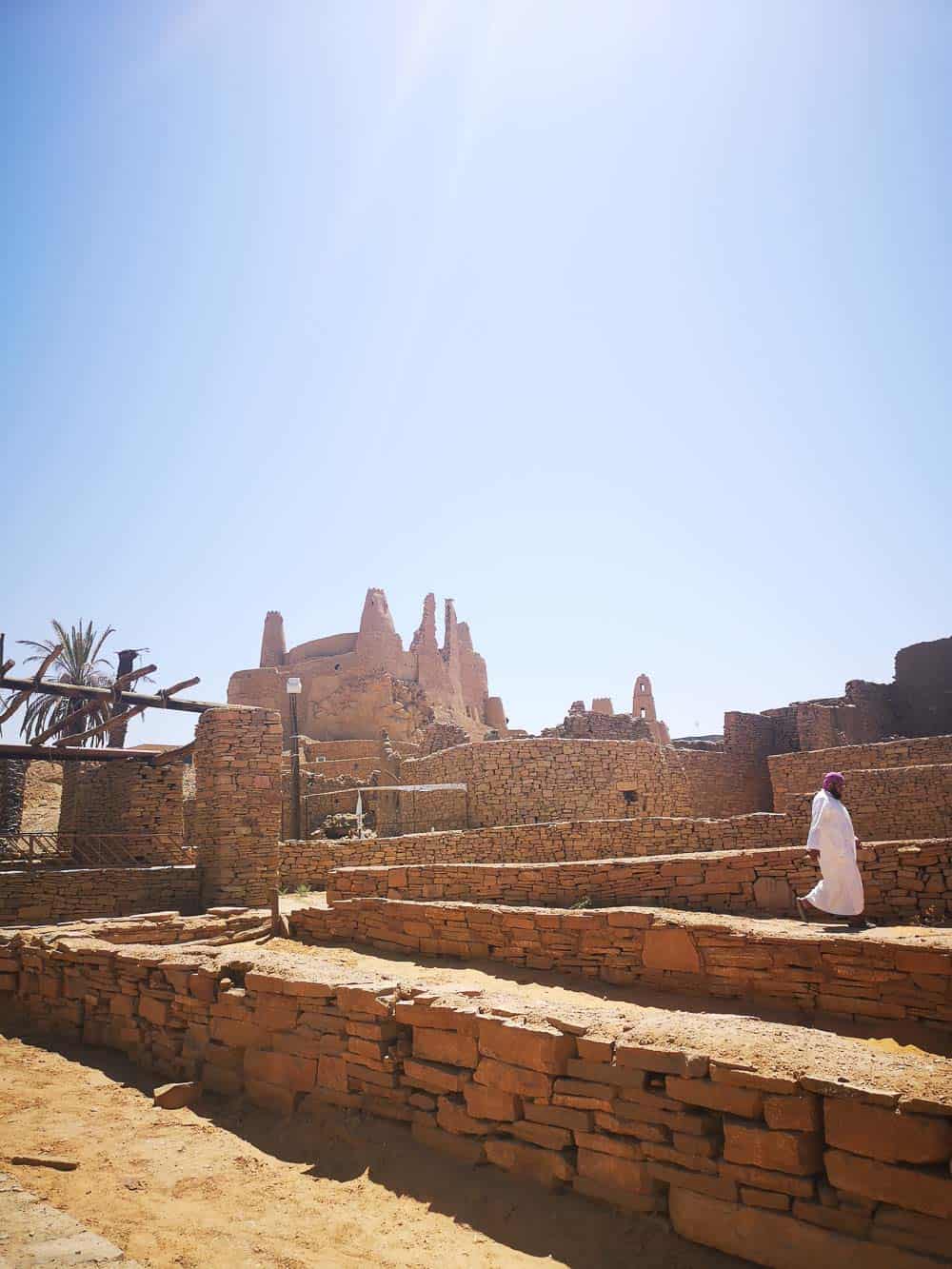
And Marid Castle is the most interesting place in the area, originally a military fort located in the town of Dumah Al-Jandal, close to Sakaka.
Its origins are believed to date back to the 3rd century, and archaeological research shows traces that a Roman-Nabatean community existed and lived in this area. It was built by mud and stone, and -for protection purposes- the castle is located on the top of a rocky hill.
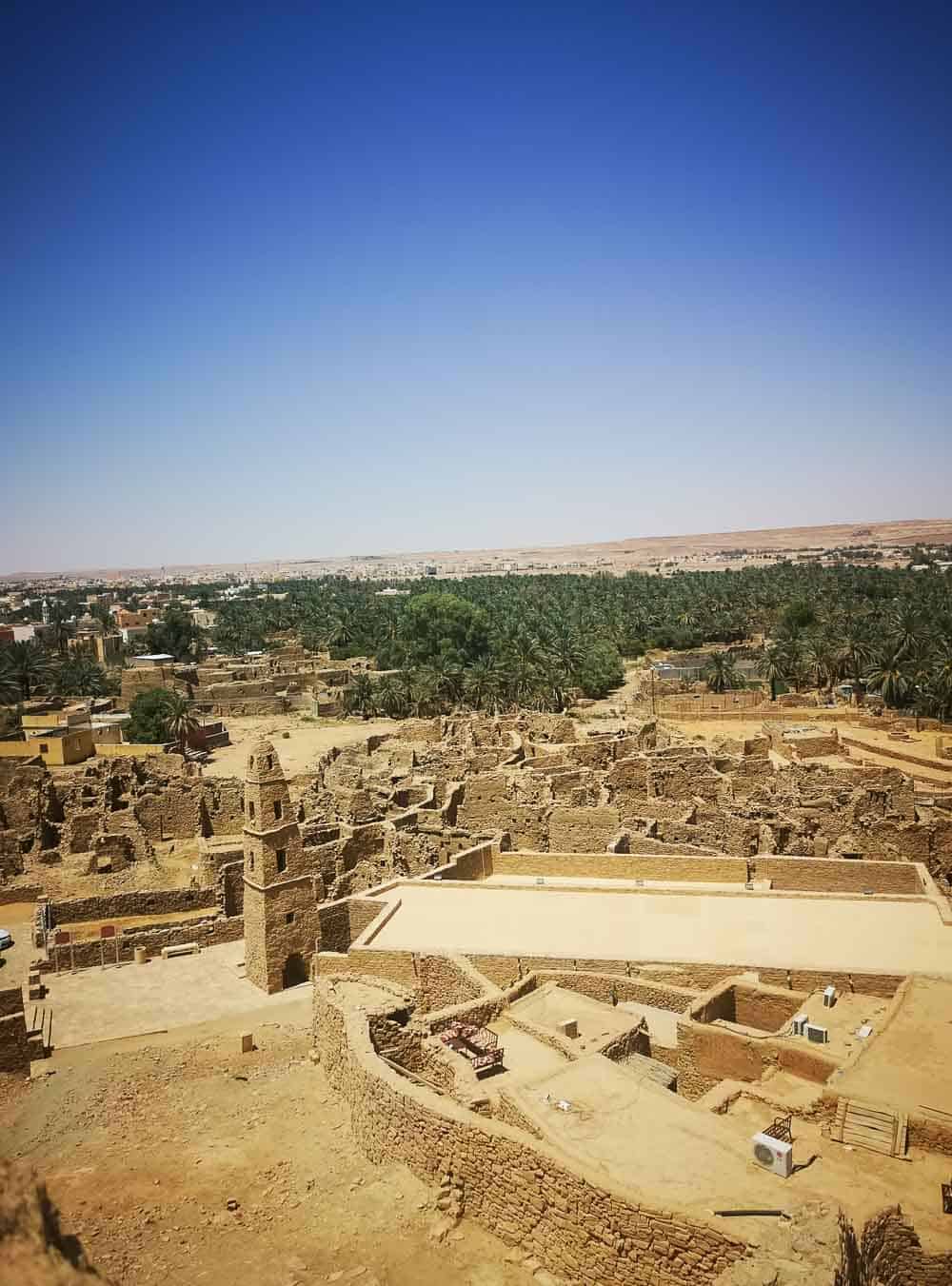
A greenery area below the castle contrasts with the light brown of the mud.
The castle is somewhat deteriorated by the passage of time -although the main structure remains intact- for a couple of years now, the Saudi Commission for Tourism has started with a plan to restore the castle.

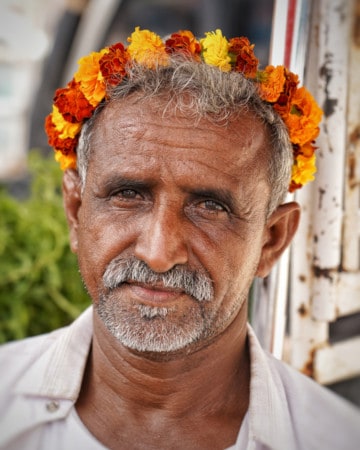
Laila R
Thursday 4th of February 2021
LOved the post! Thanks for the great pics and encouragement to retake flying once we can